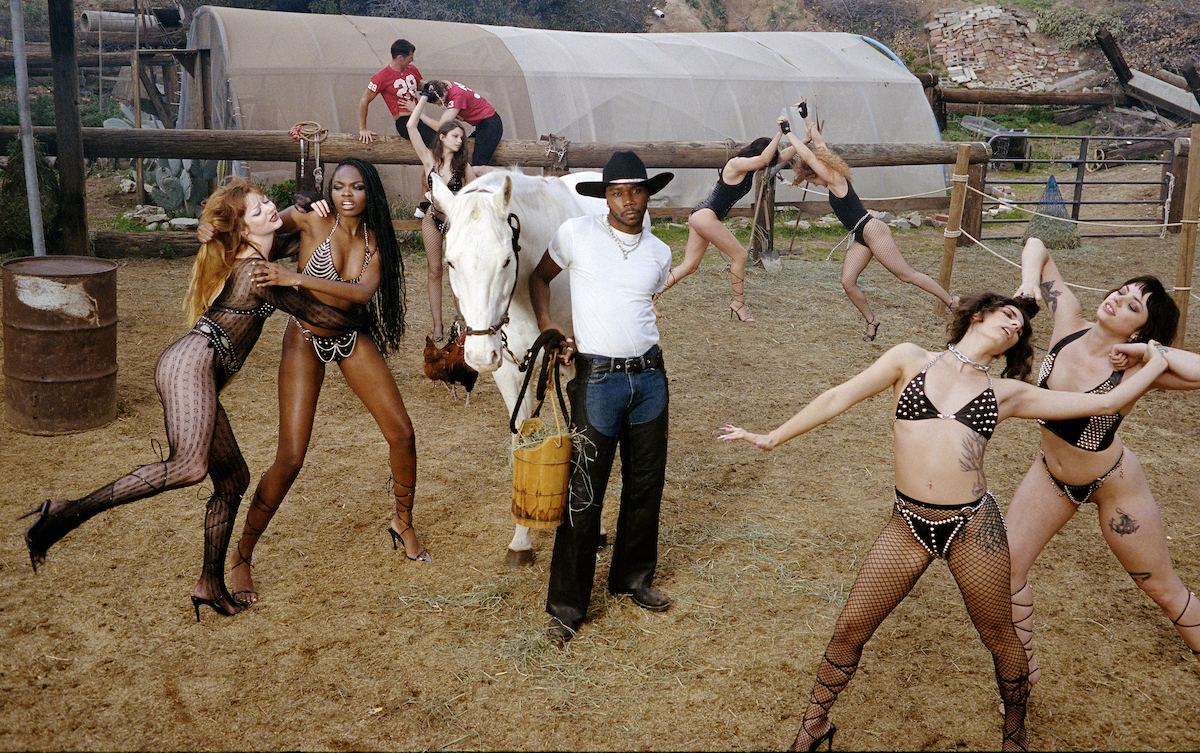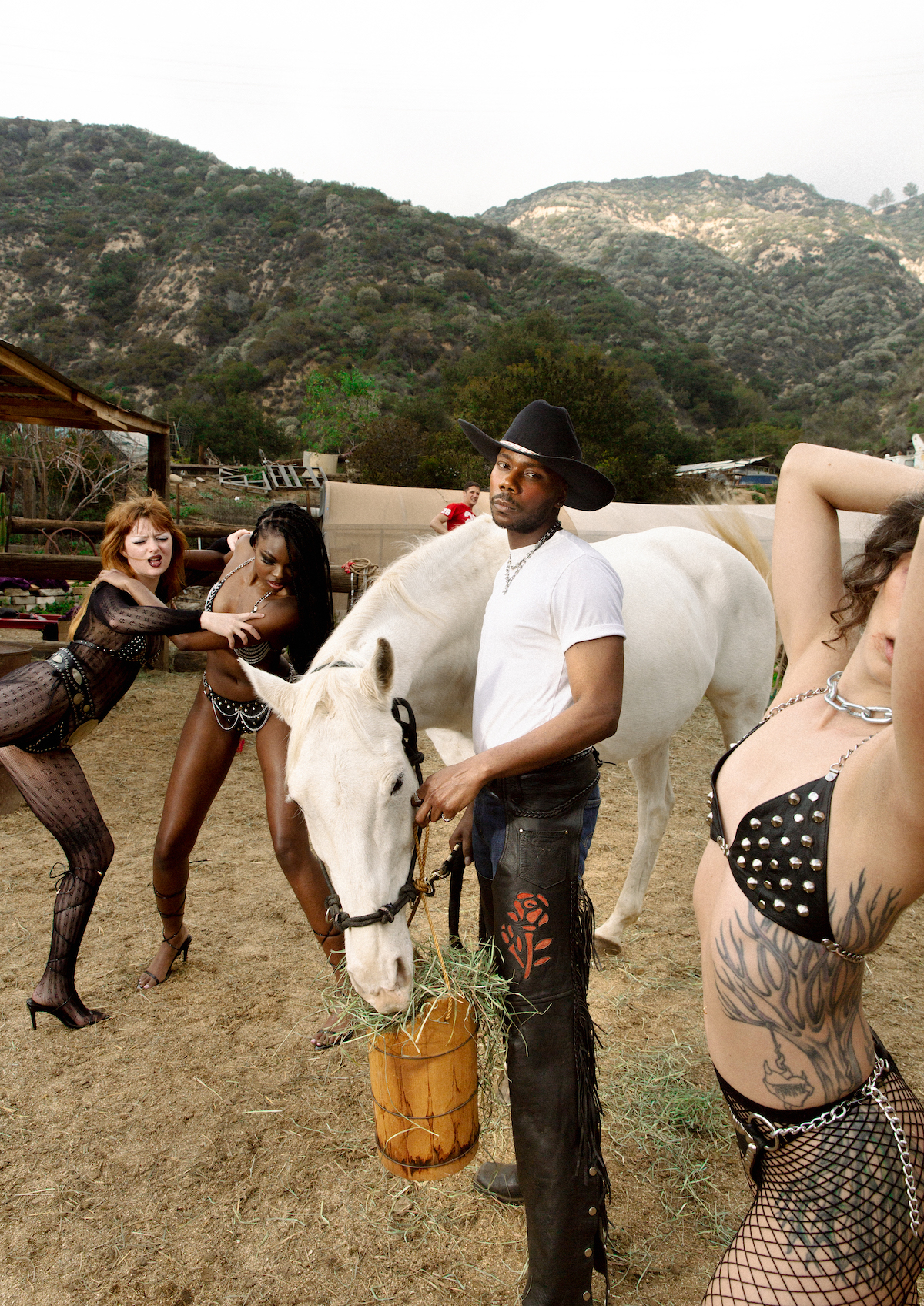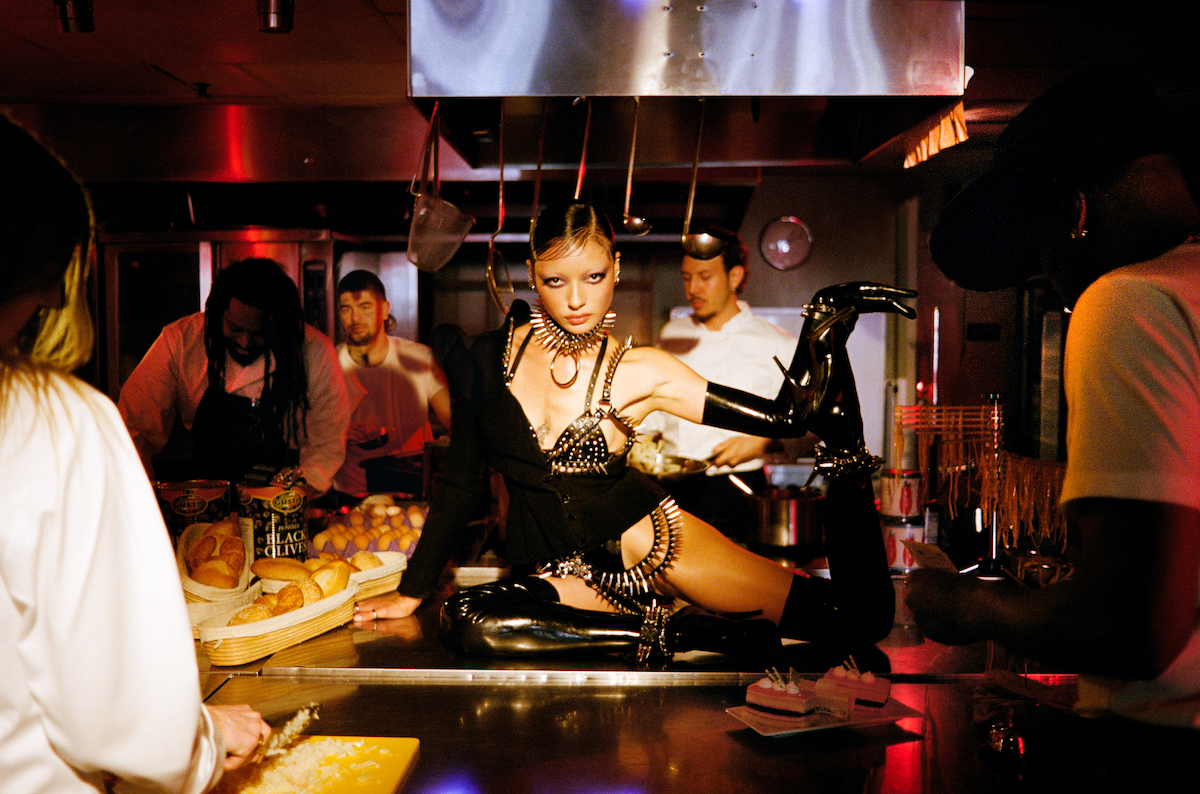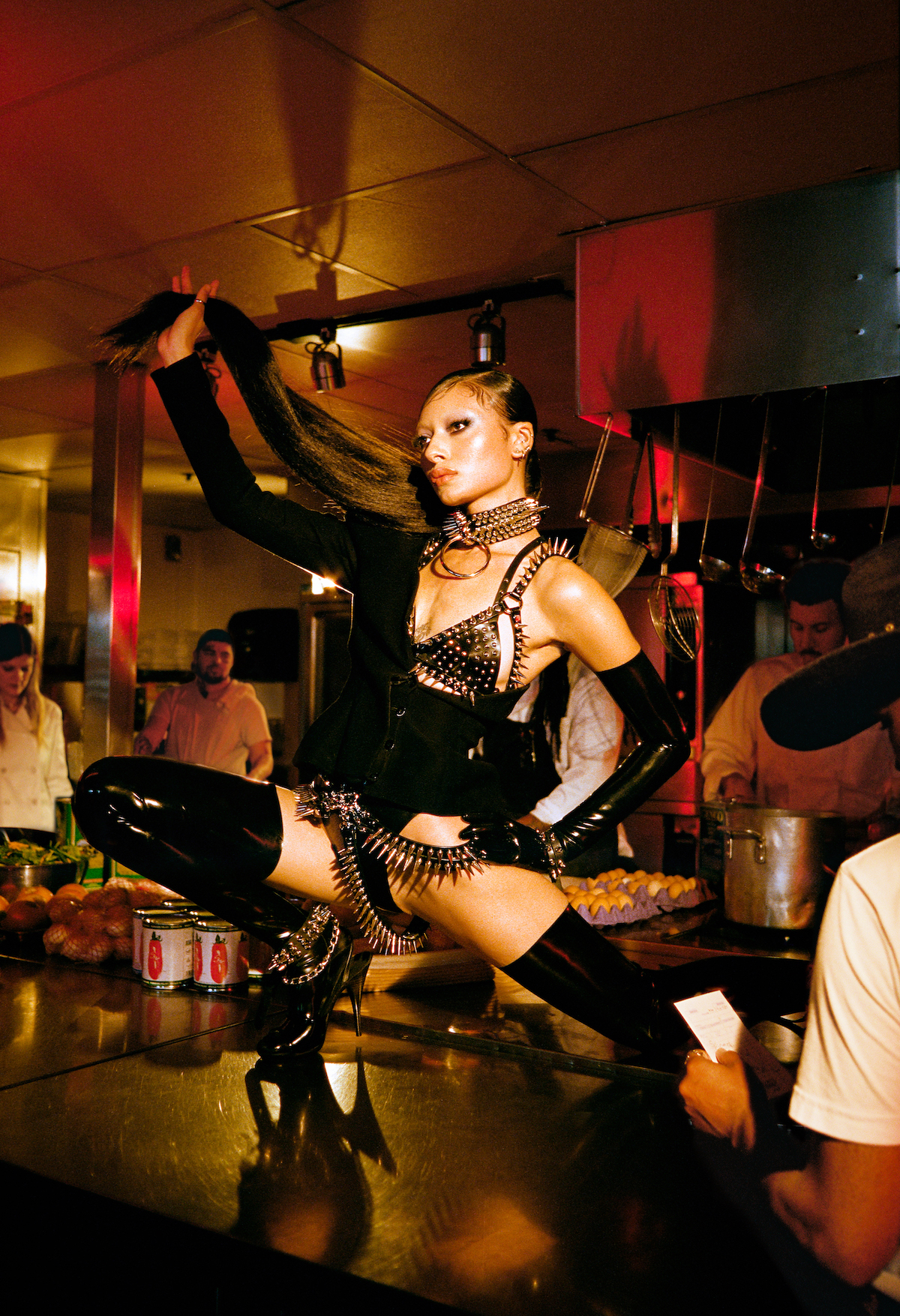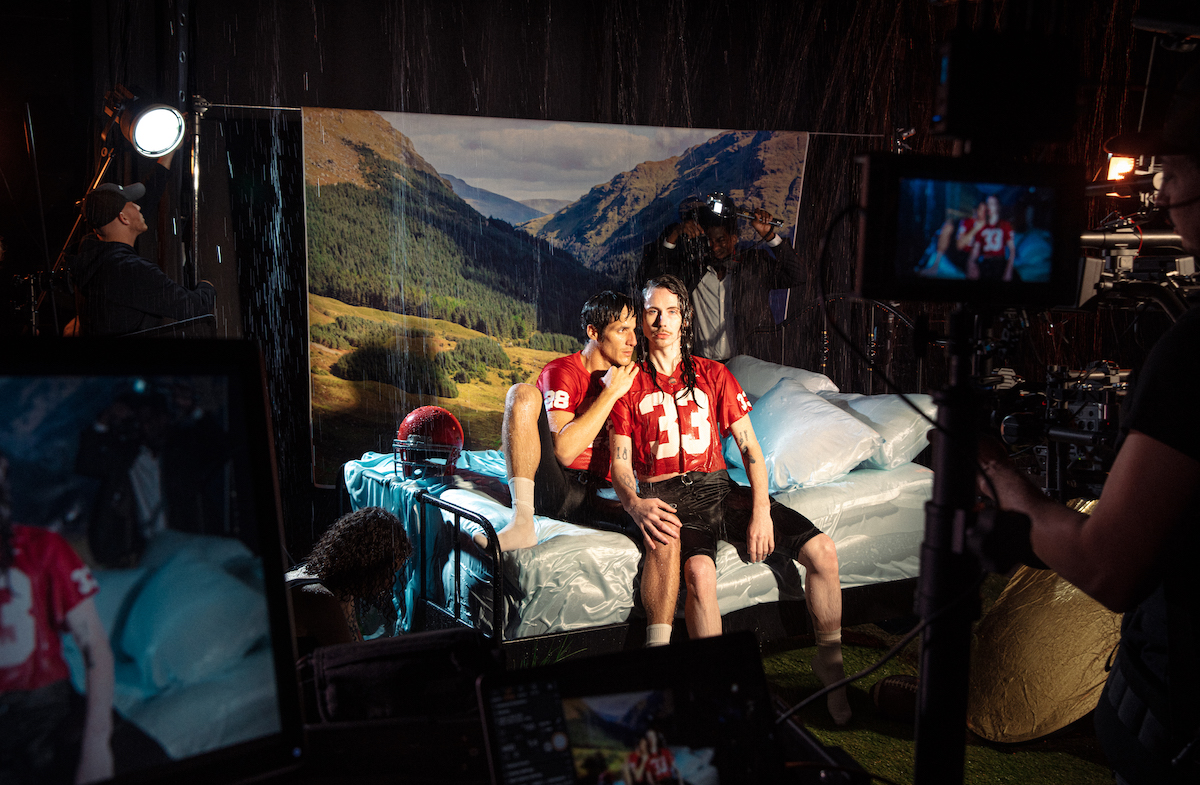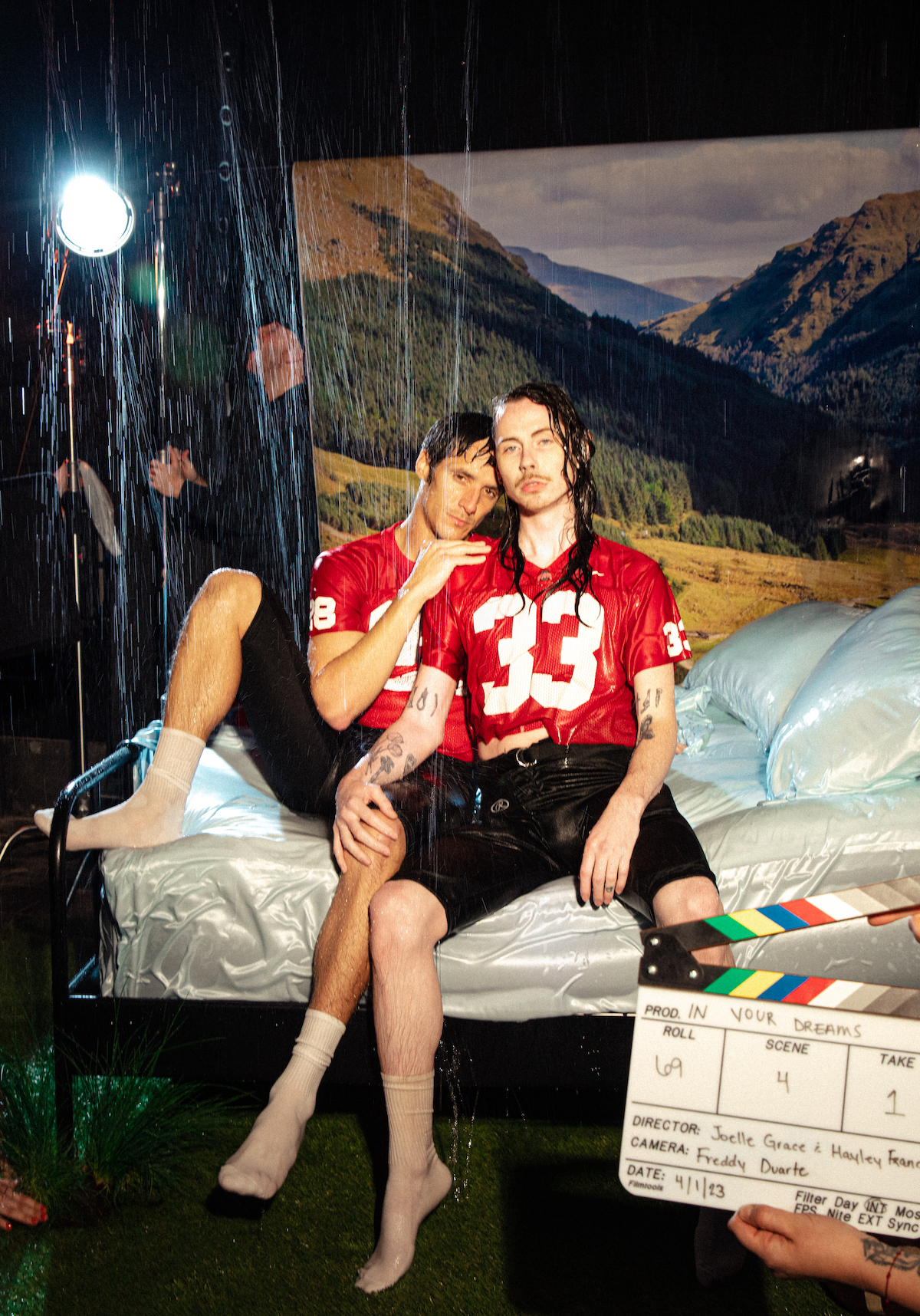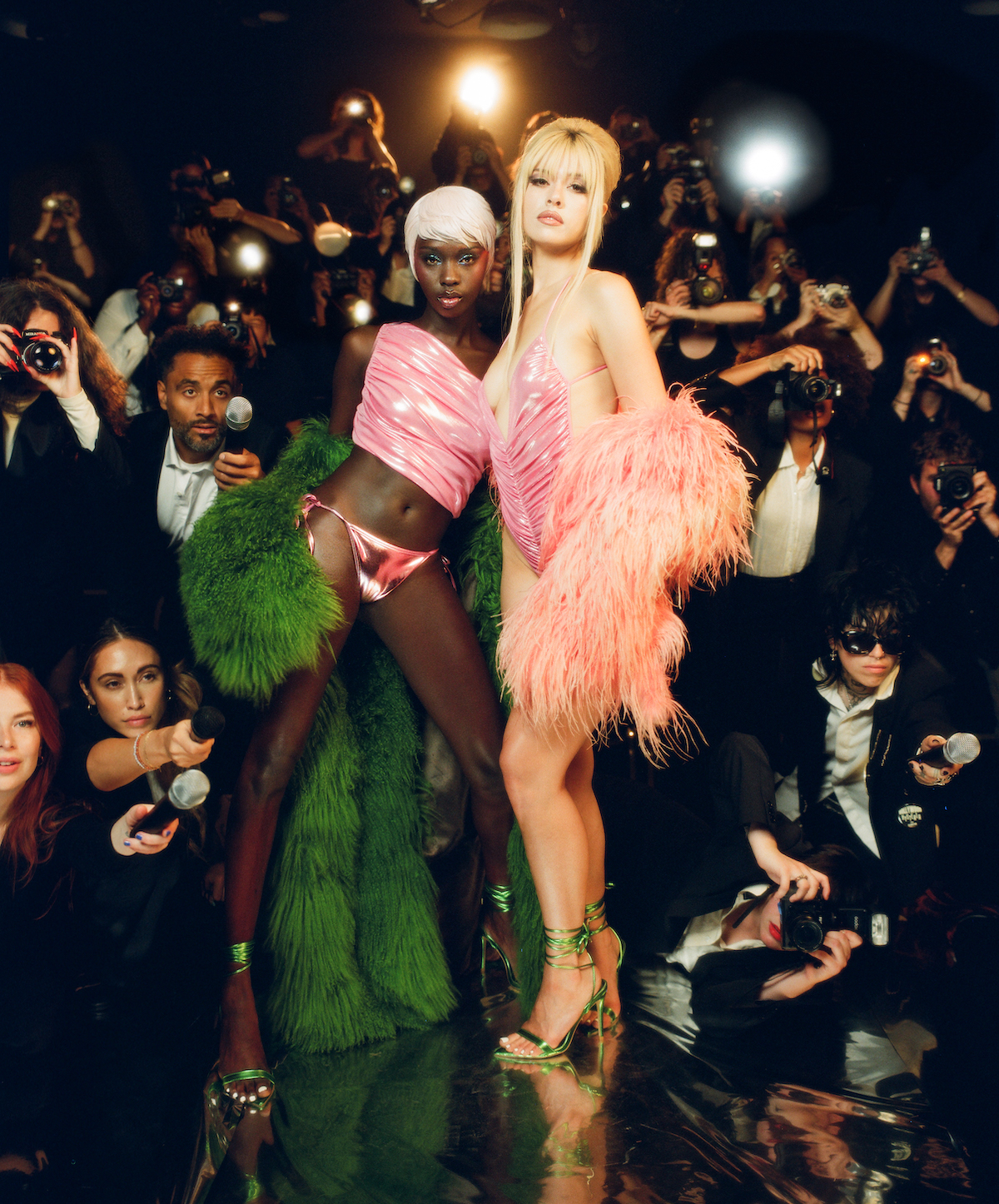Red Bull BC One
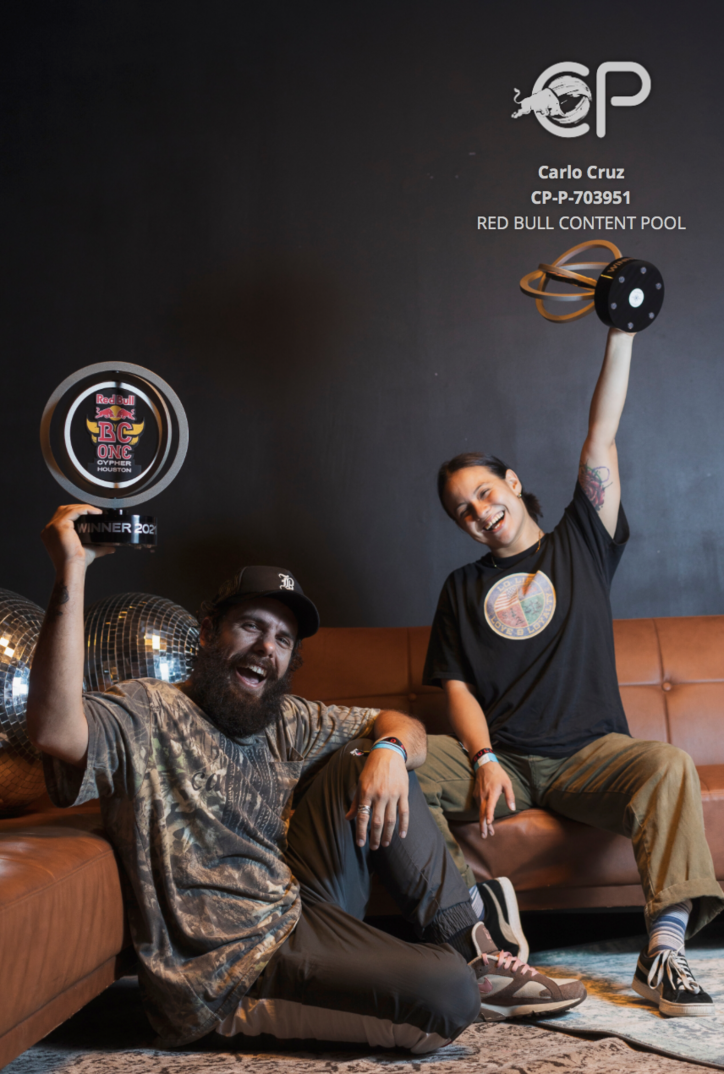
Stay informed on our latest news!

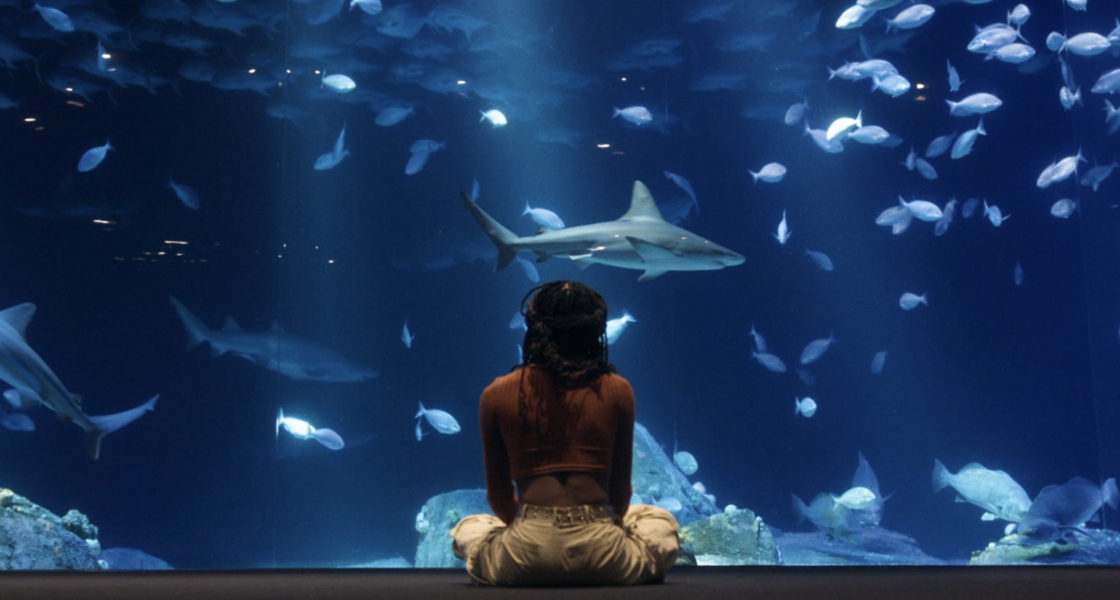
JOME
For the first installment, Jome, a poet from the Bronx, shares insight as to her career as a sex worker and how it’s allowed her to know herself in a way that nobody else will ever understand. Being vocal about her practice has relieved her of the shame that came with having a job stigmatized in the public eye.
Jomé Rain from Michael Casker on Vimeo.
NATHANIEL
Gracefully navigating through the stressors of being a pre-teen in New York City is 12 year-old Nathaniel, from the vibrant streets of East Broadway. He embraces his passion for dance and shares his affection for the art, ignited at the age of five. He says that he knows that people think it's weird that he's a boy that dances, but he doesn't care. For him its natural. It feels good to just "let things go" and dance.
Nathaniel | East Broadway from Michael Casker on Vimeo.
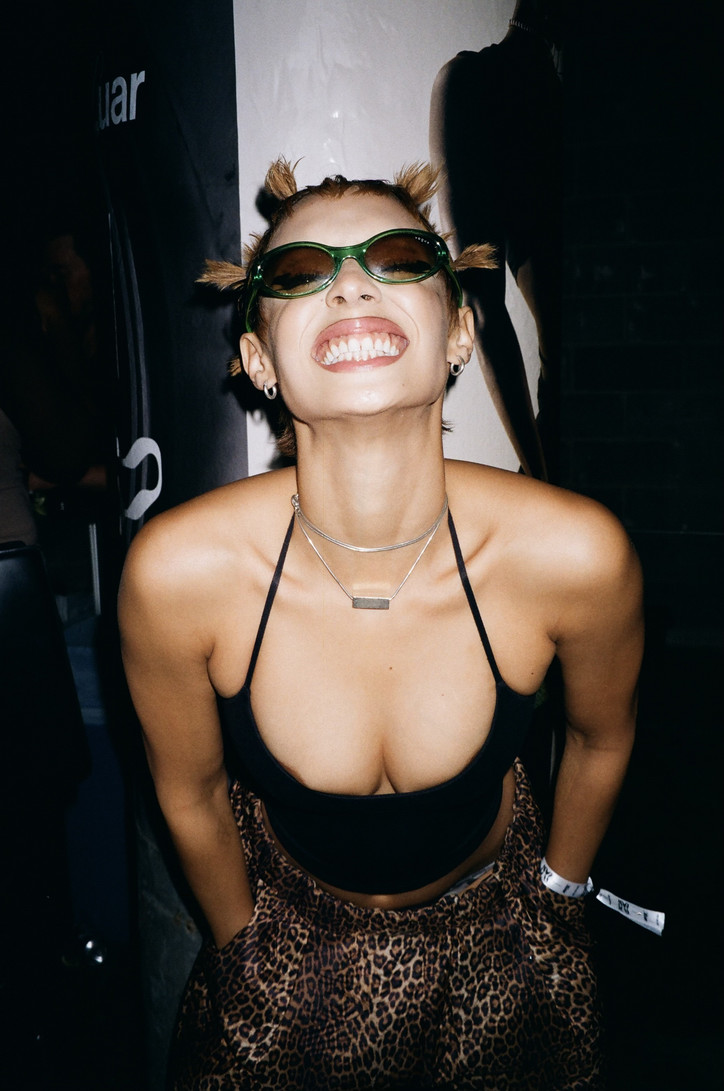
Adding a touch of innovation to the festivities, attendees had the opportunity to relax in brand-new Kia vehicles, each equipped with a camera in the backseat that projected captivating visuals onto the surrounding walls. It was a mesmerizing fusion of art, technology, and style, as each Kia vehicle effortlessly matched the vibrant aesthetic of the new Ana bags. Guests perched on the hoods of these sleek cars, admiring the bags while immersing themselves in this immersive visual experience. In essence, the Luar and Emcee Studios collaboration brought together the spirit of New York City, Dominican culture, and cutting-edge fashion through their ability to transform a simple garage into an epicenter of culture, style, and artistry.
If you missed the event, the exclusive Luar x Emcee Studios Ana bags can be pre-ordered at emceestudios.com with shipping in three to four weeks.
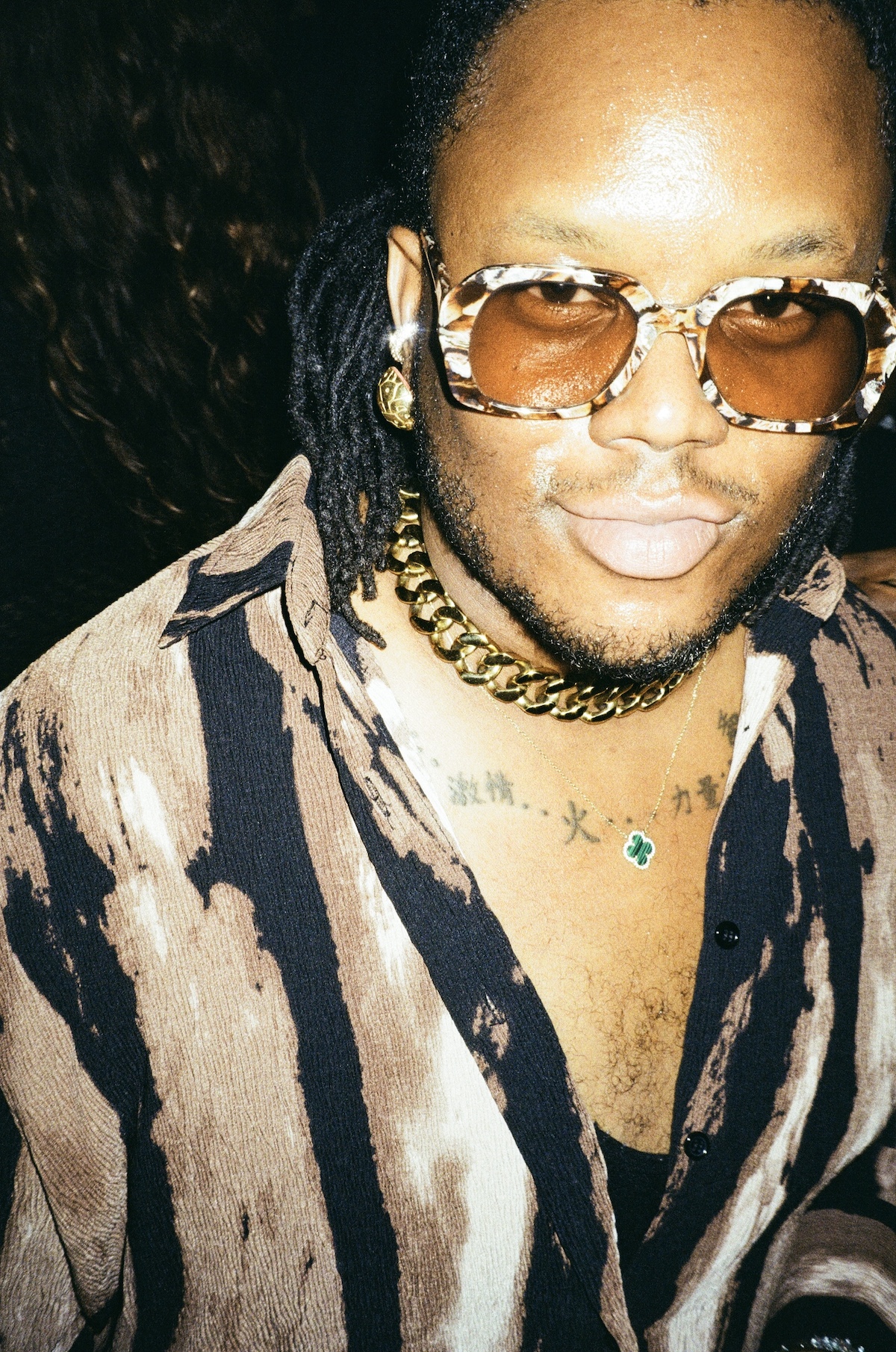
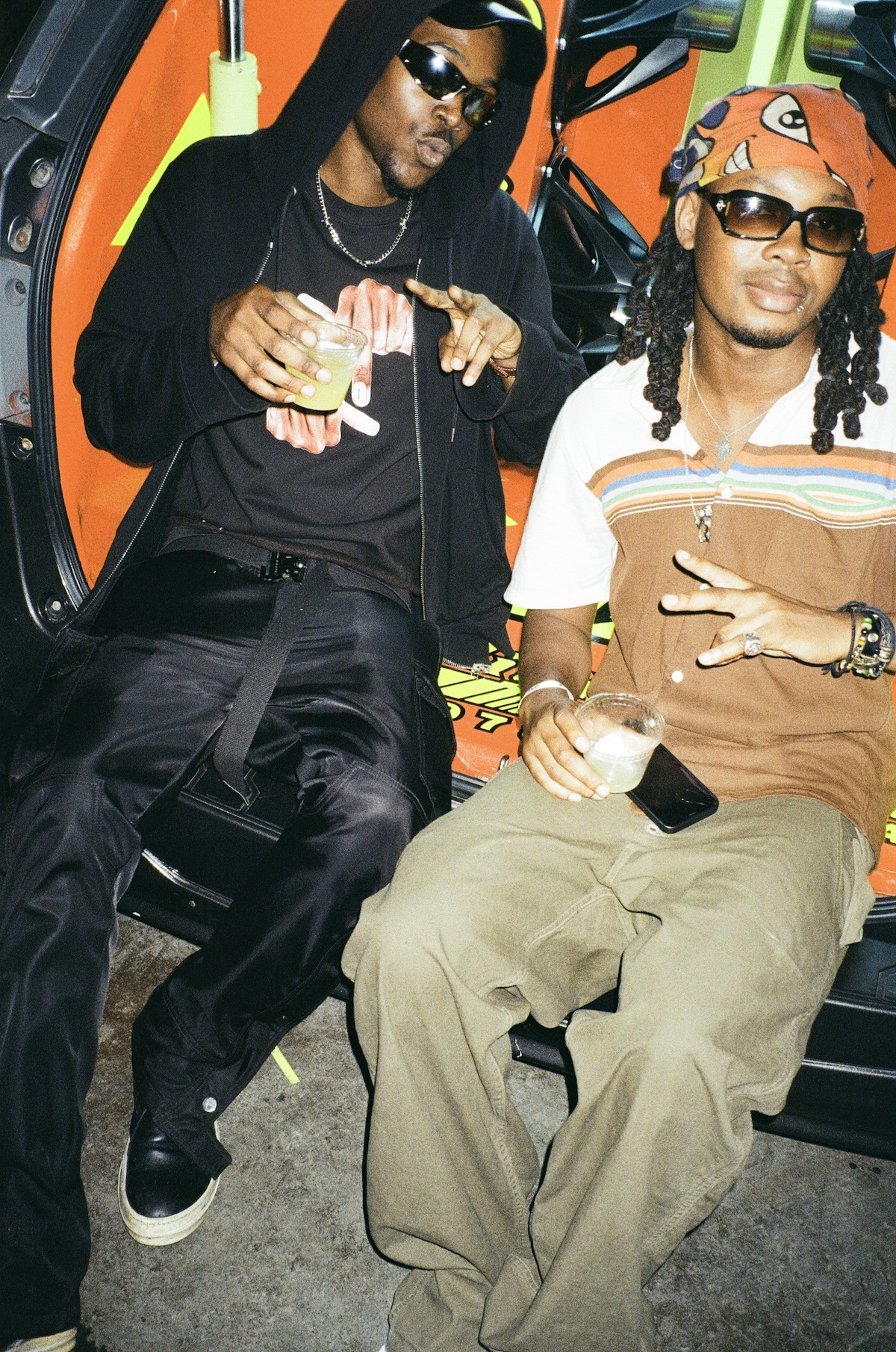
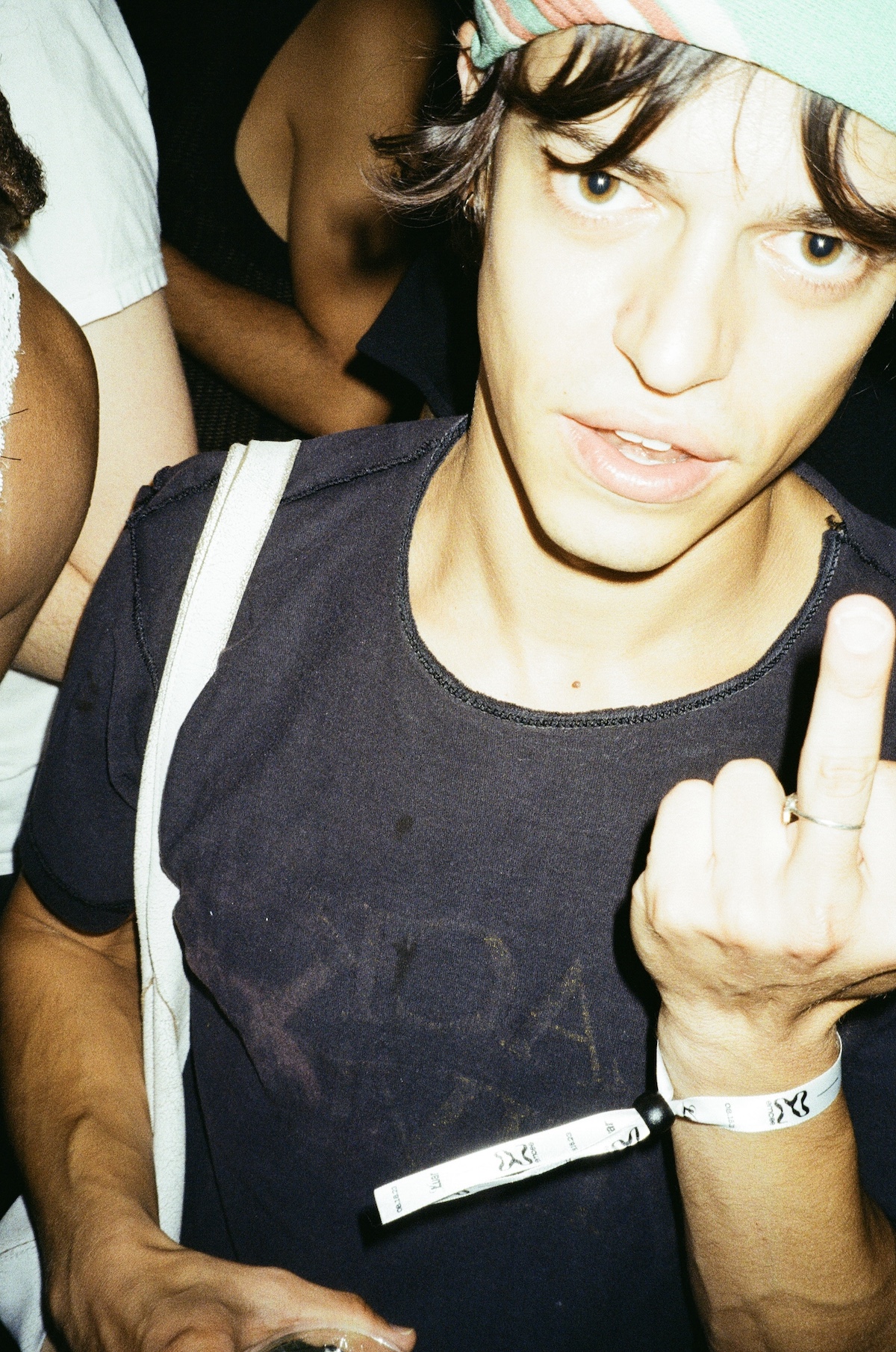
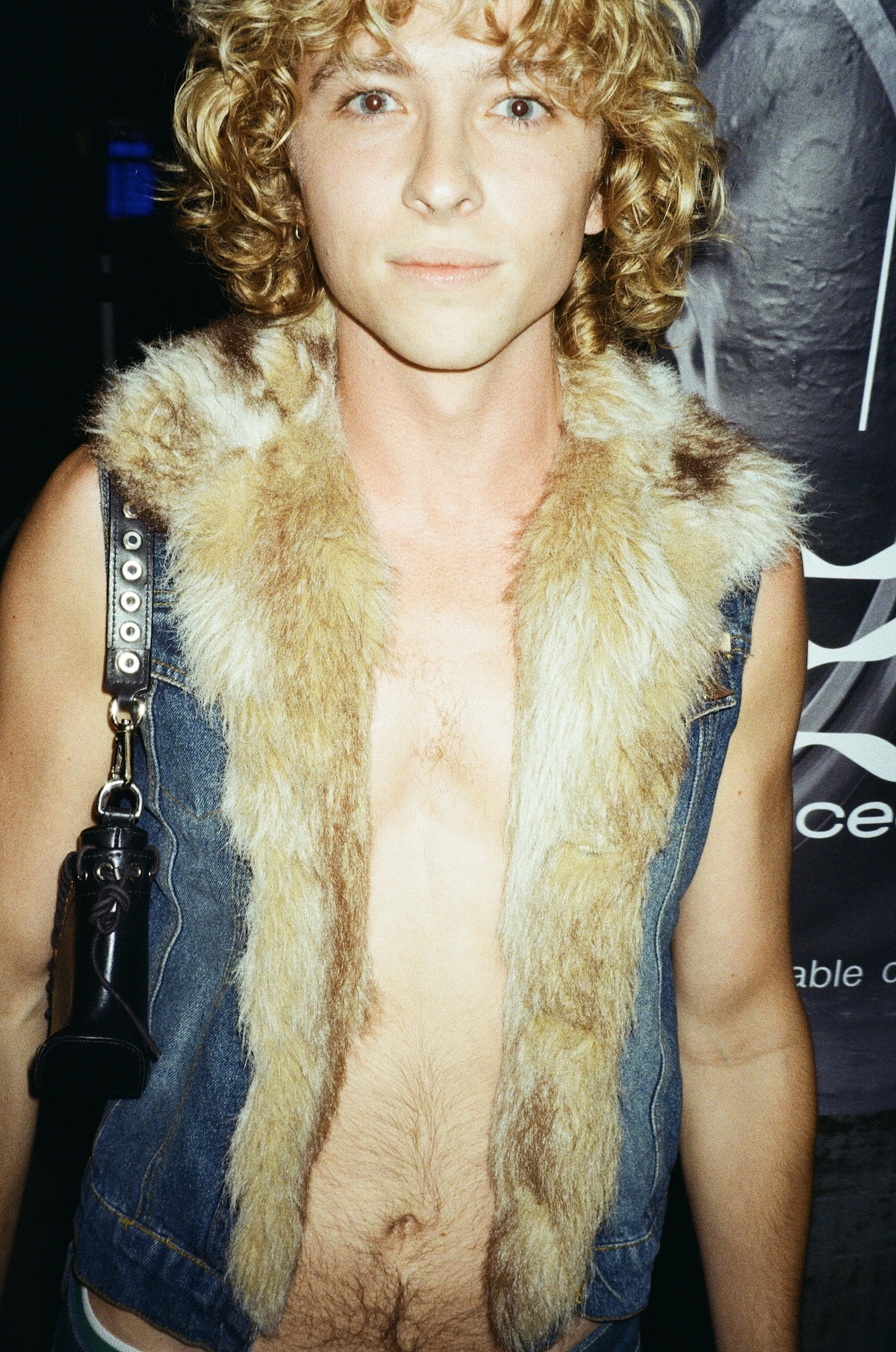
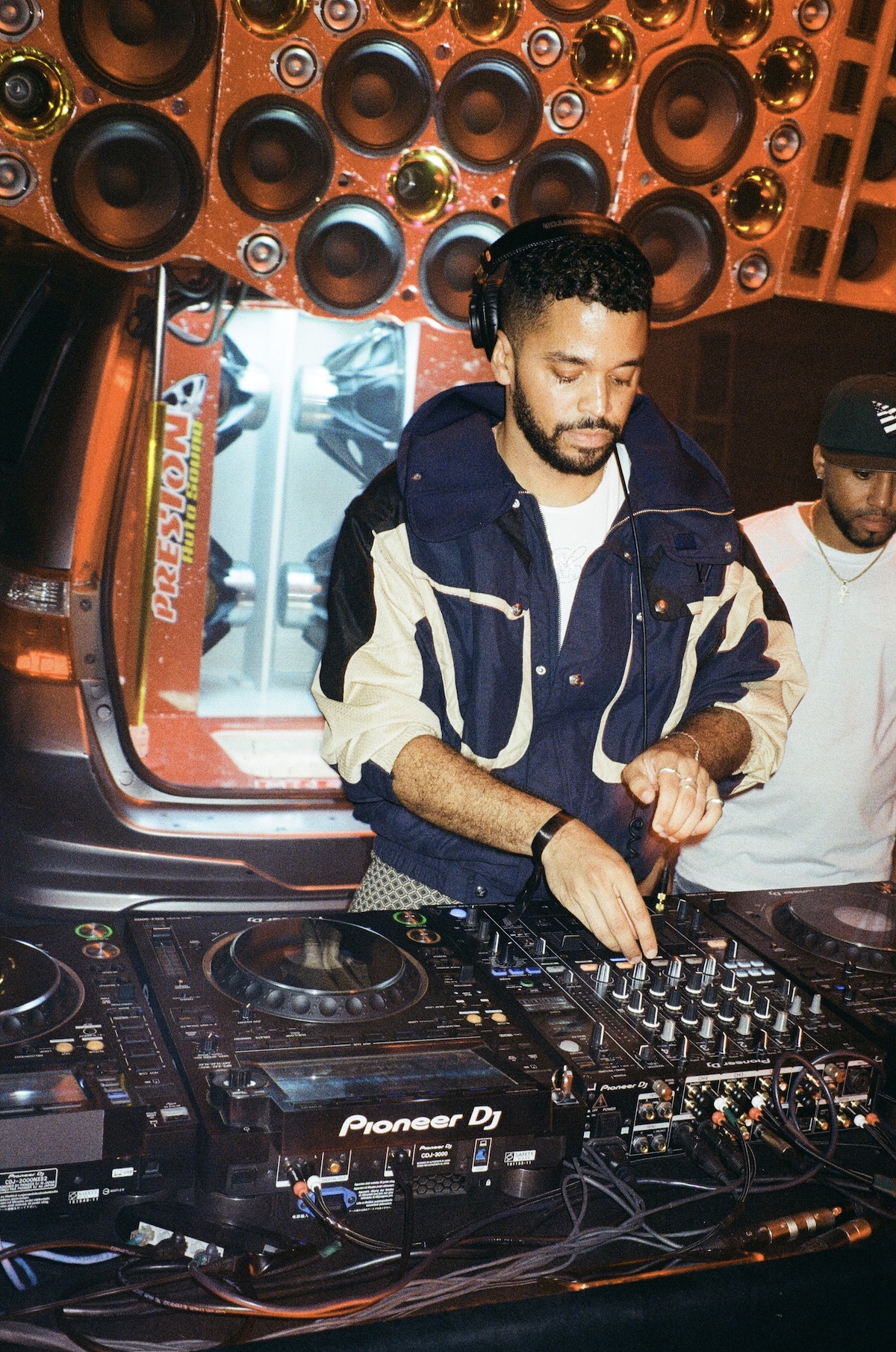
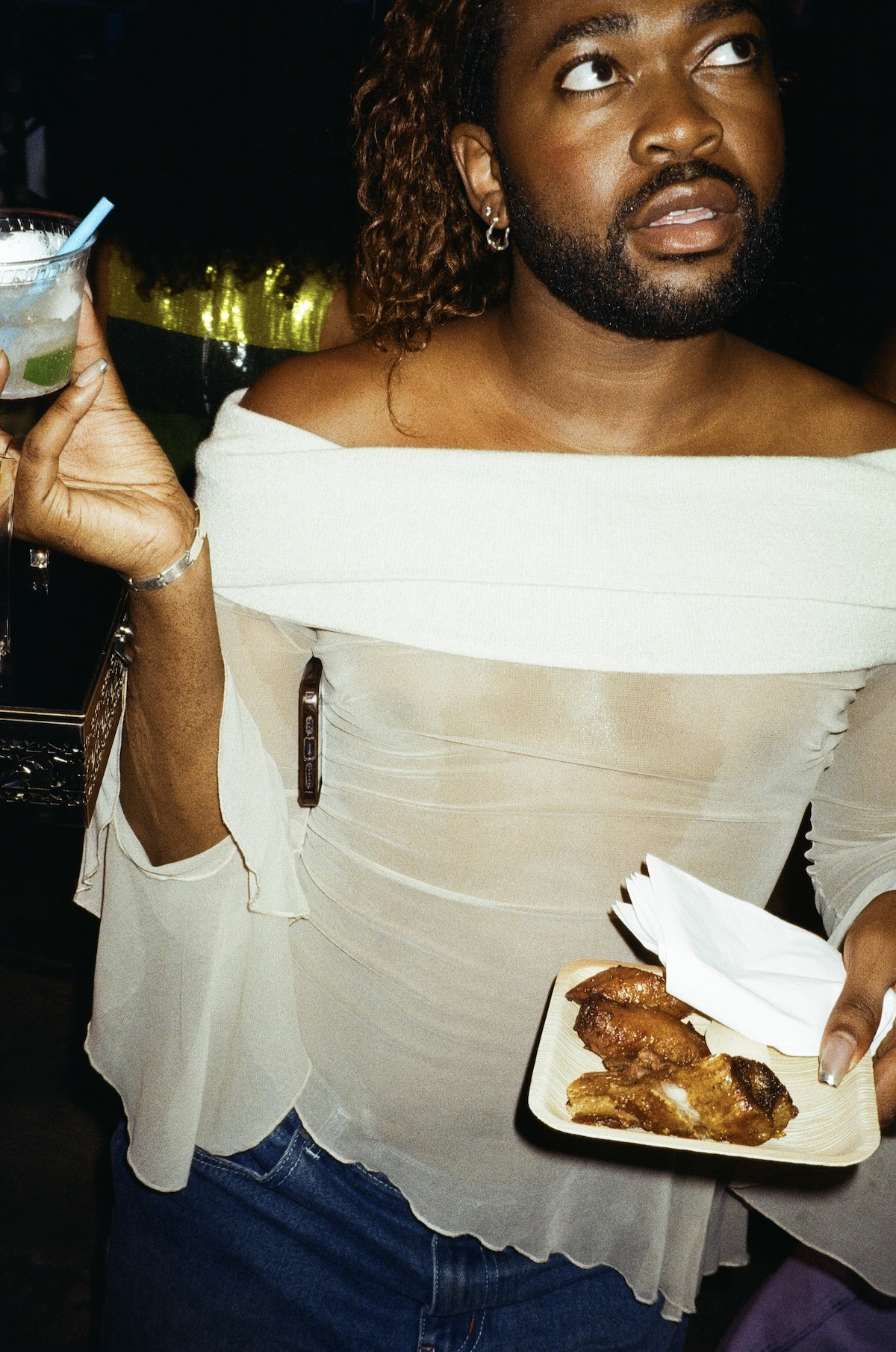
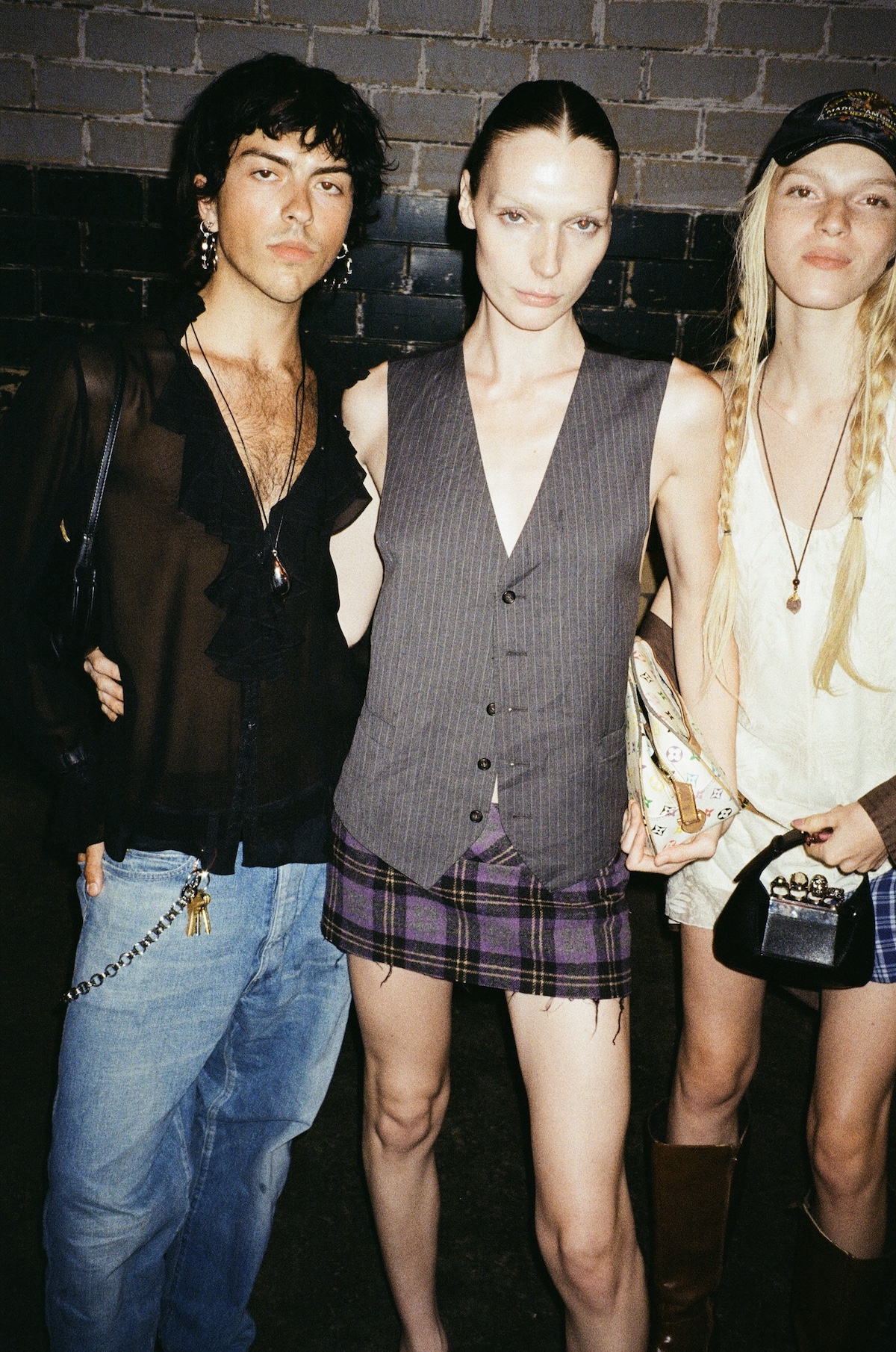
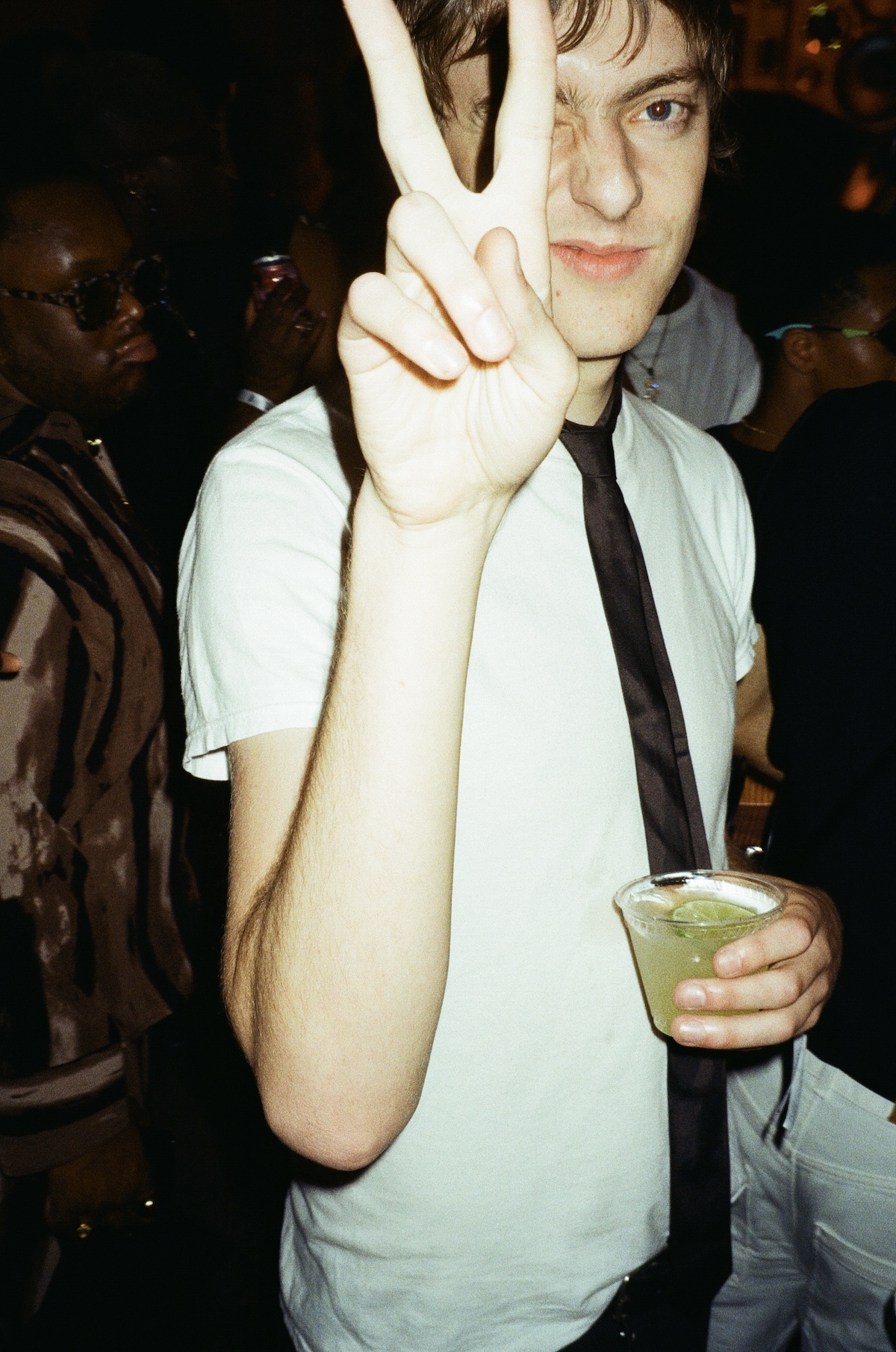
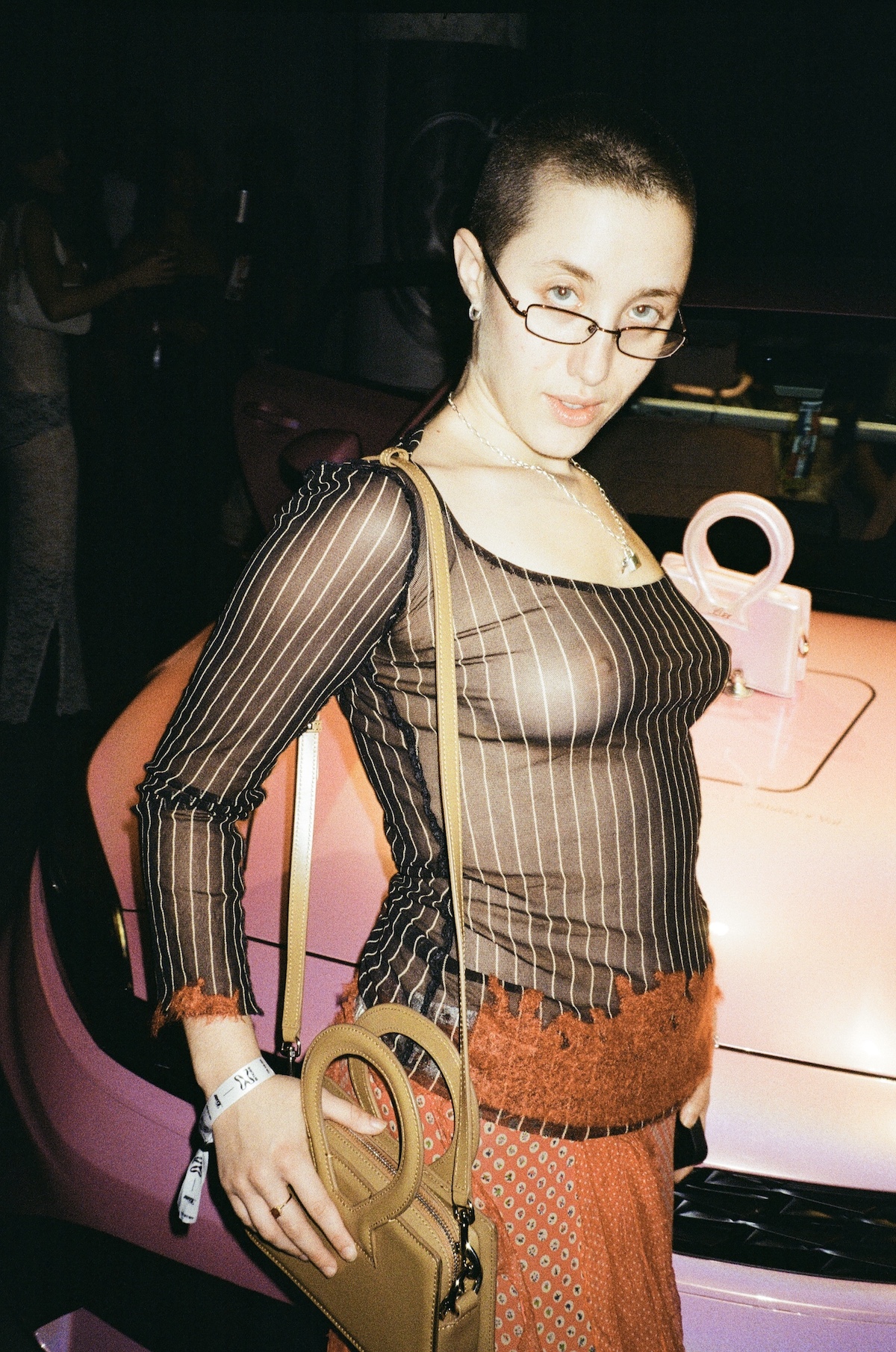
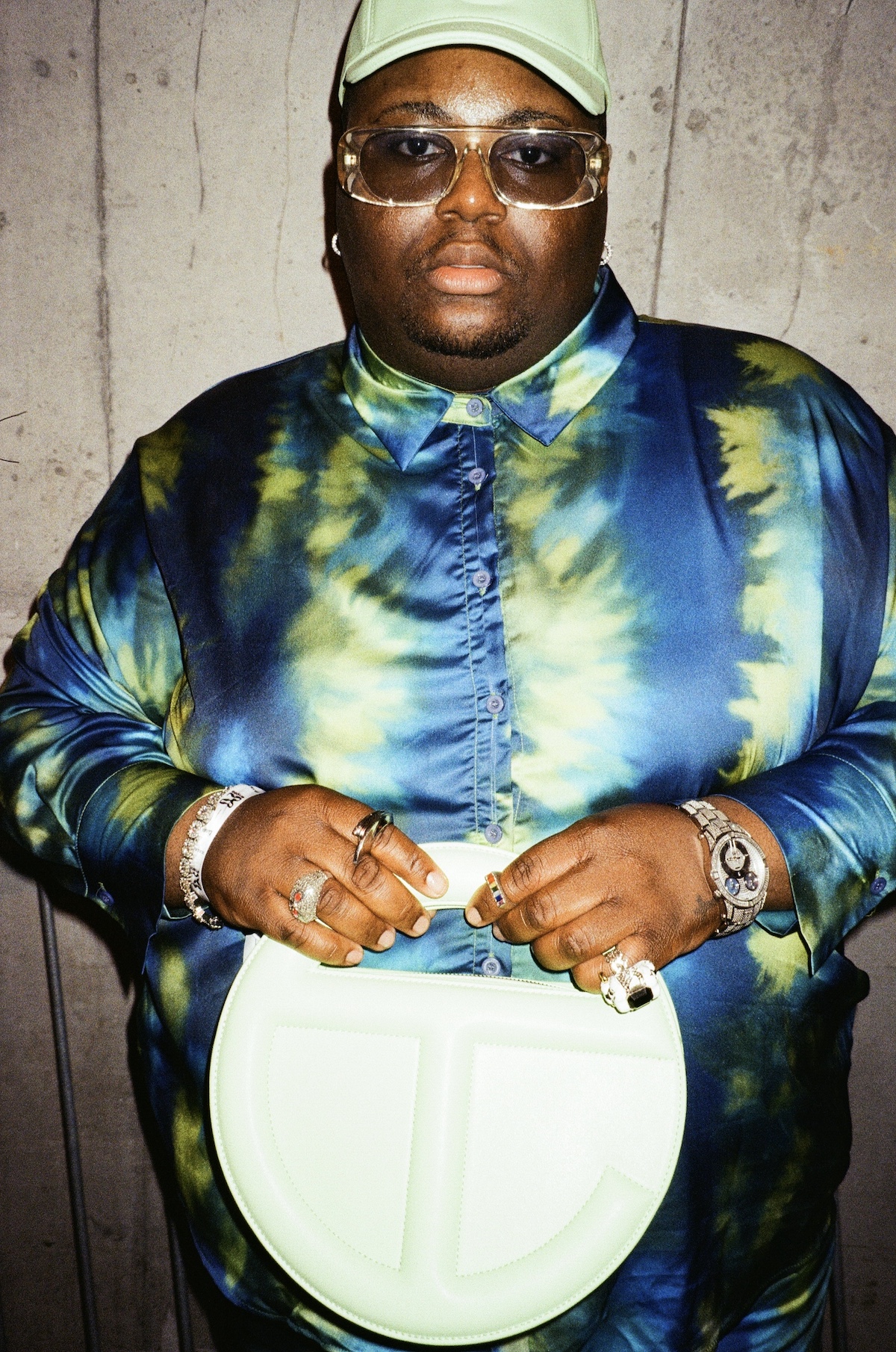
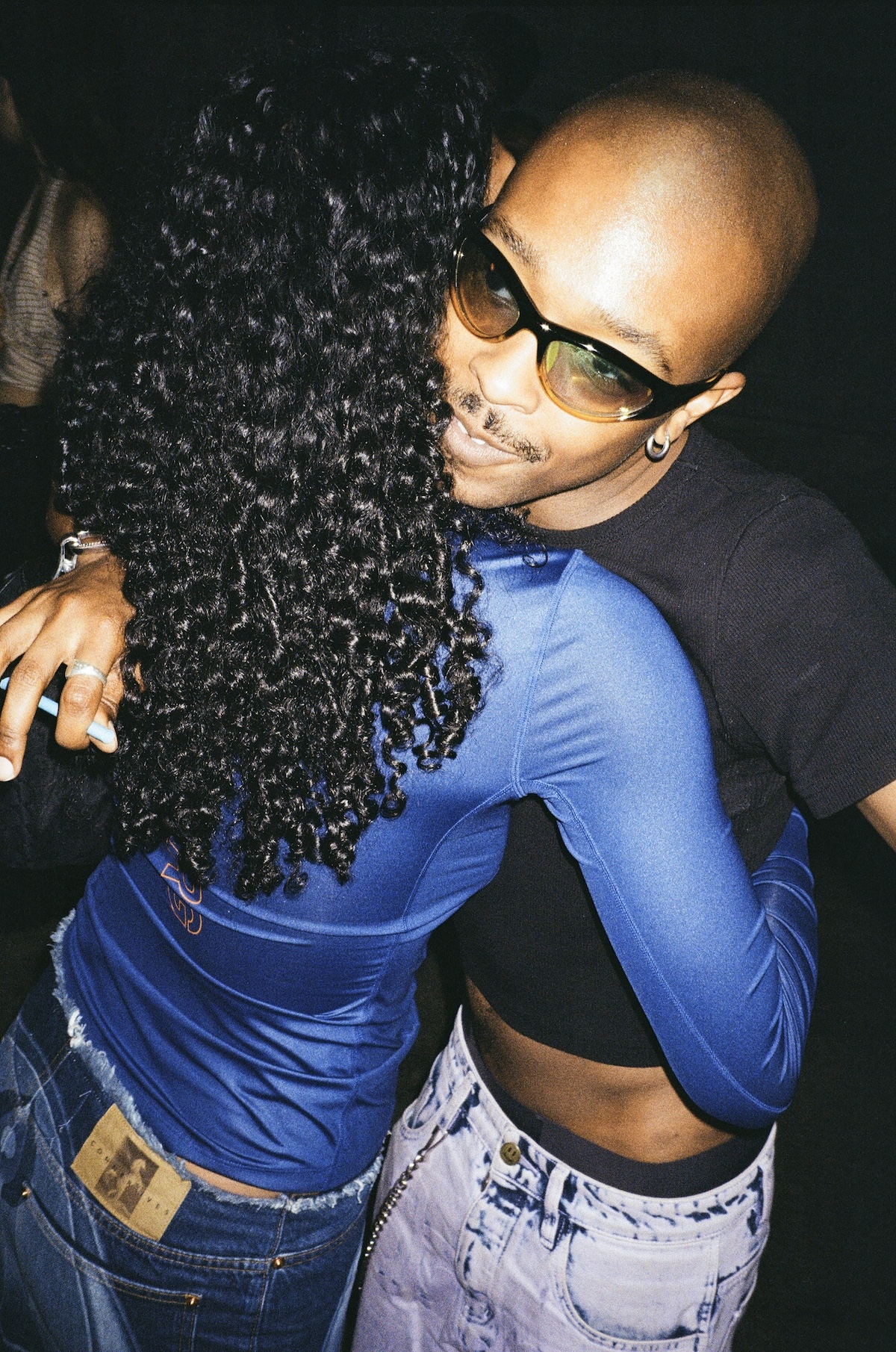
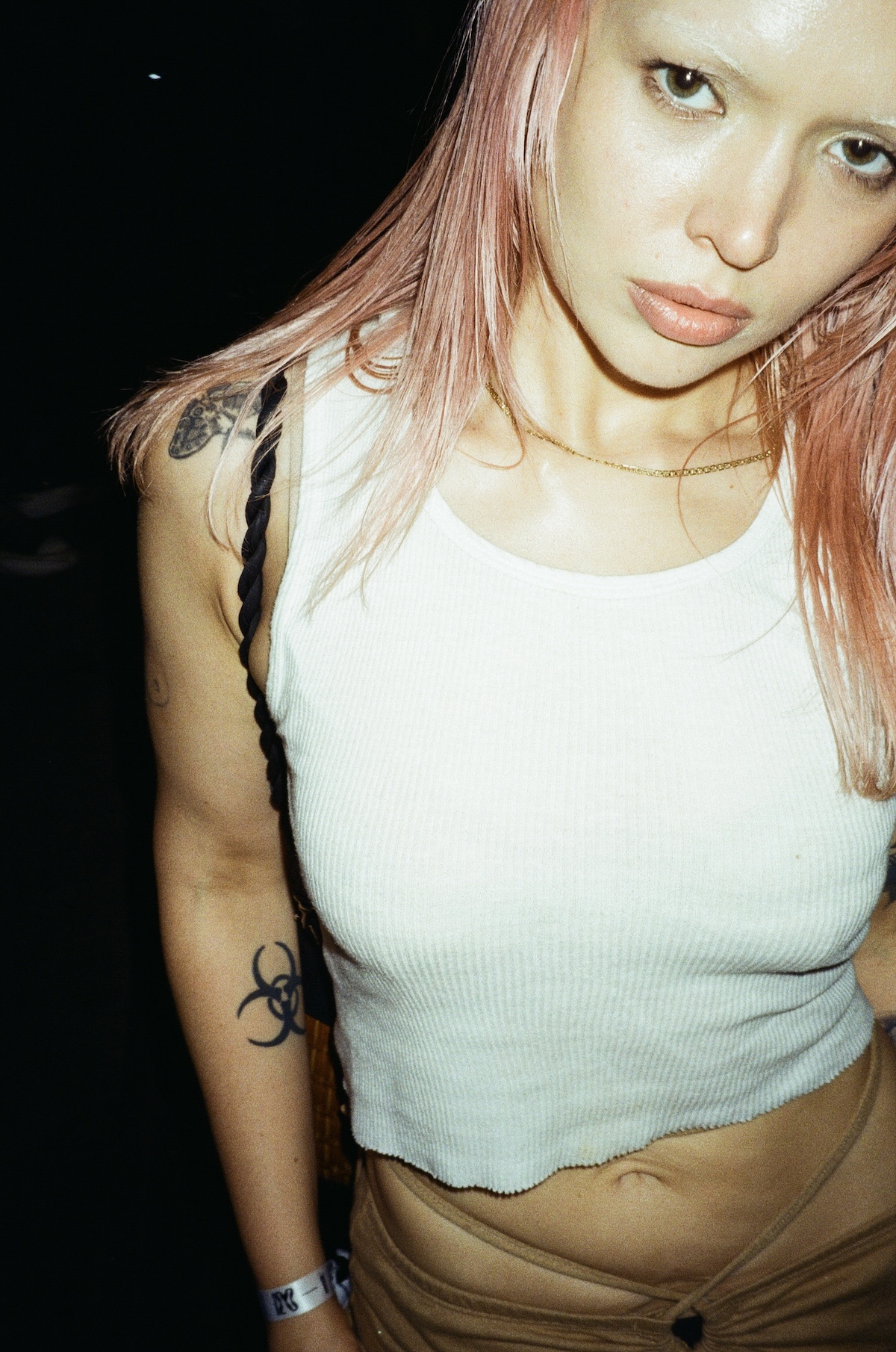
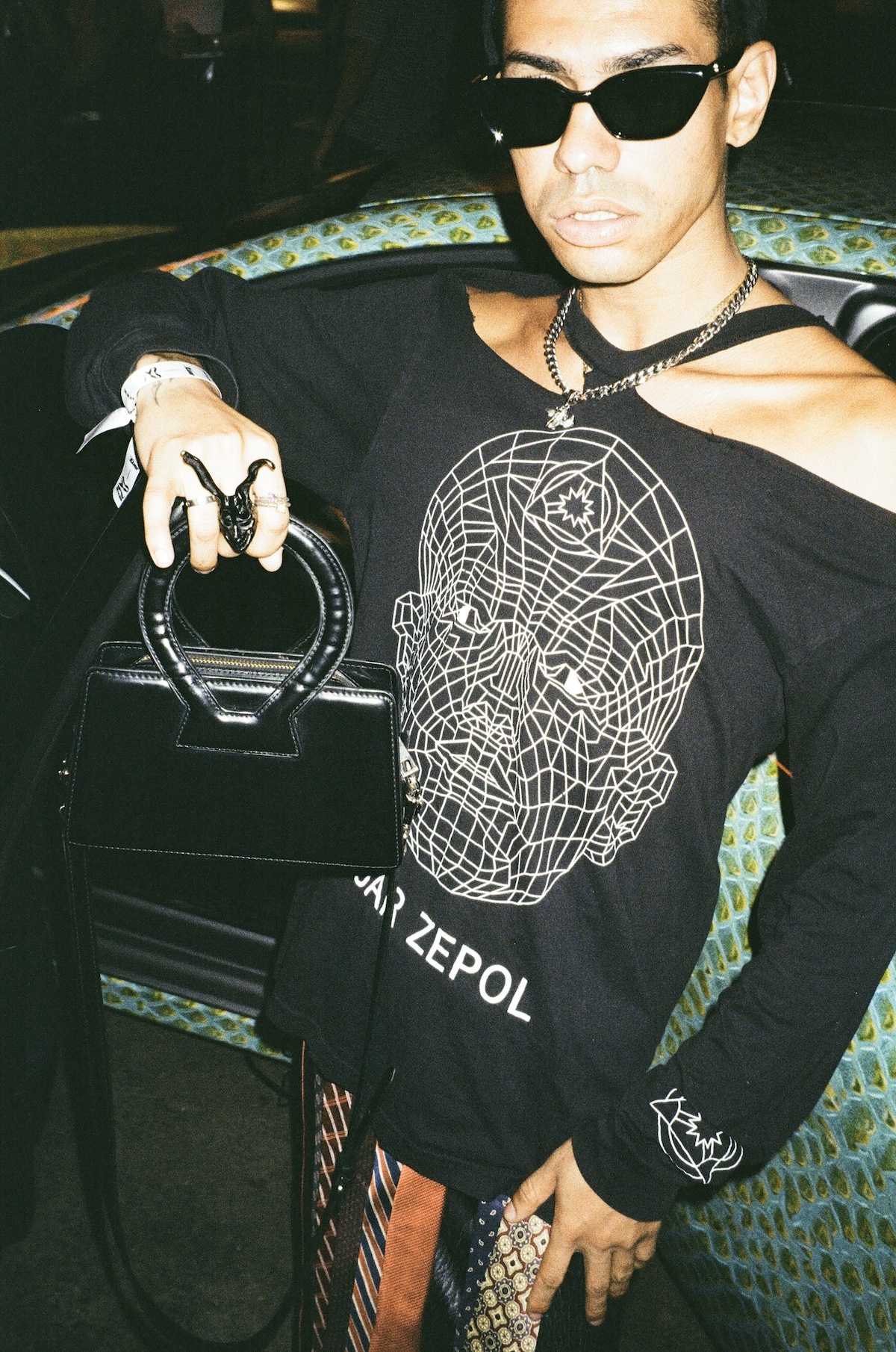
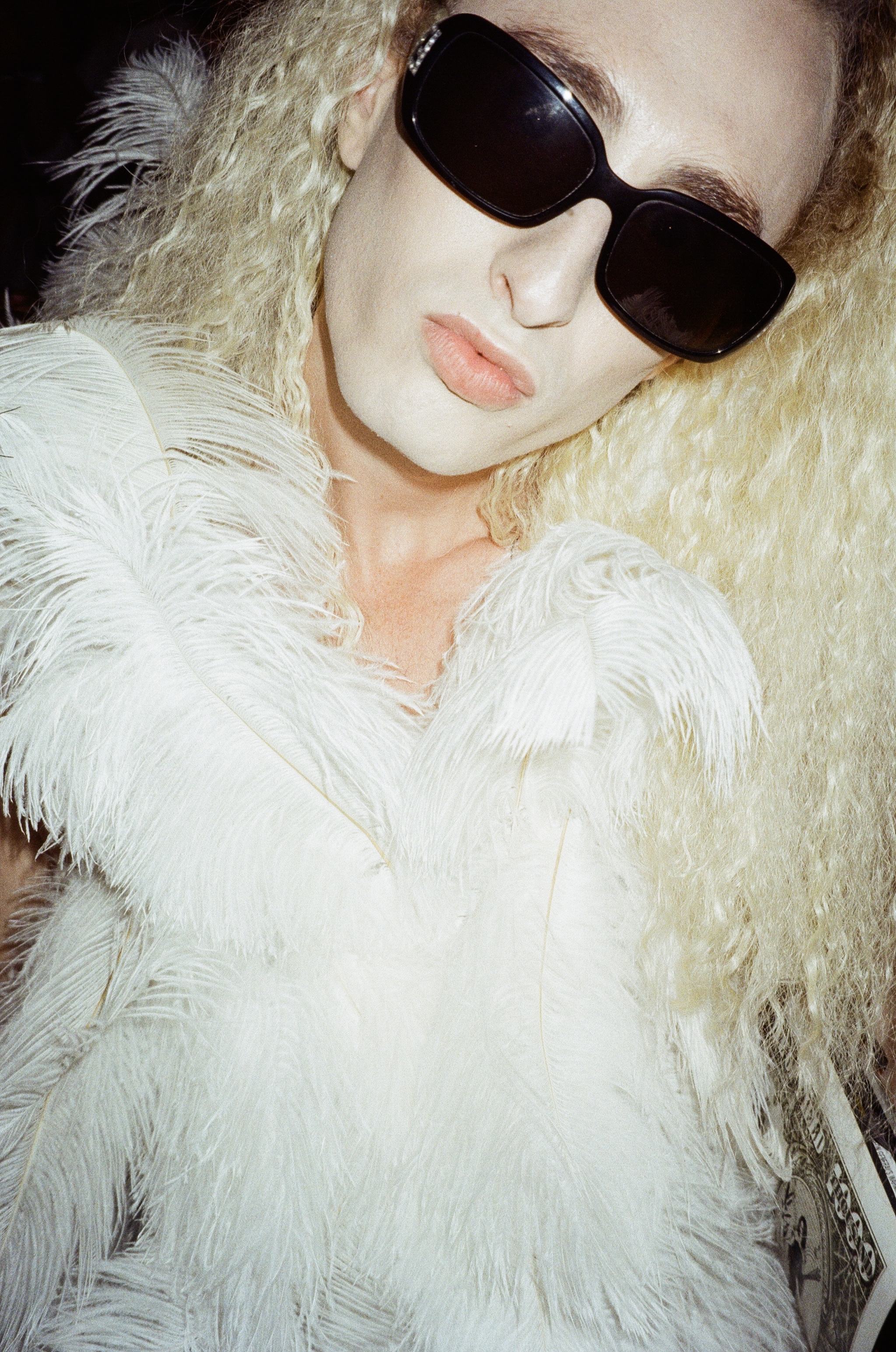
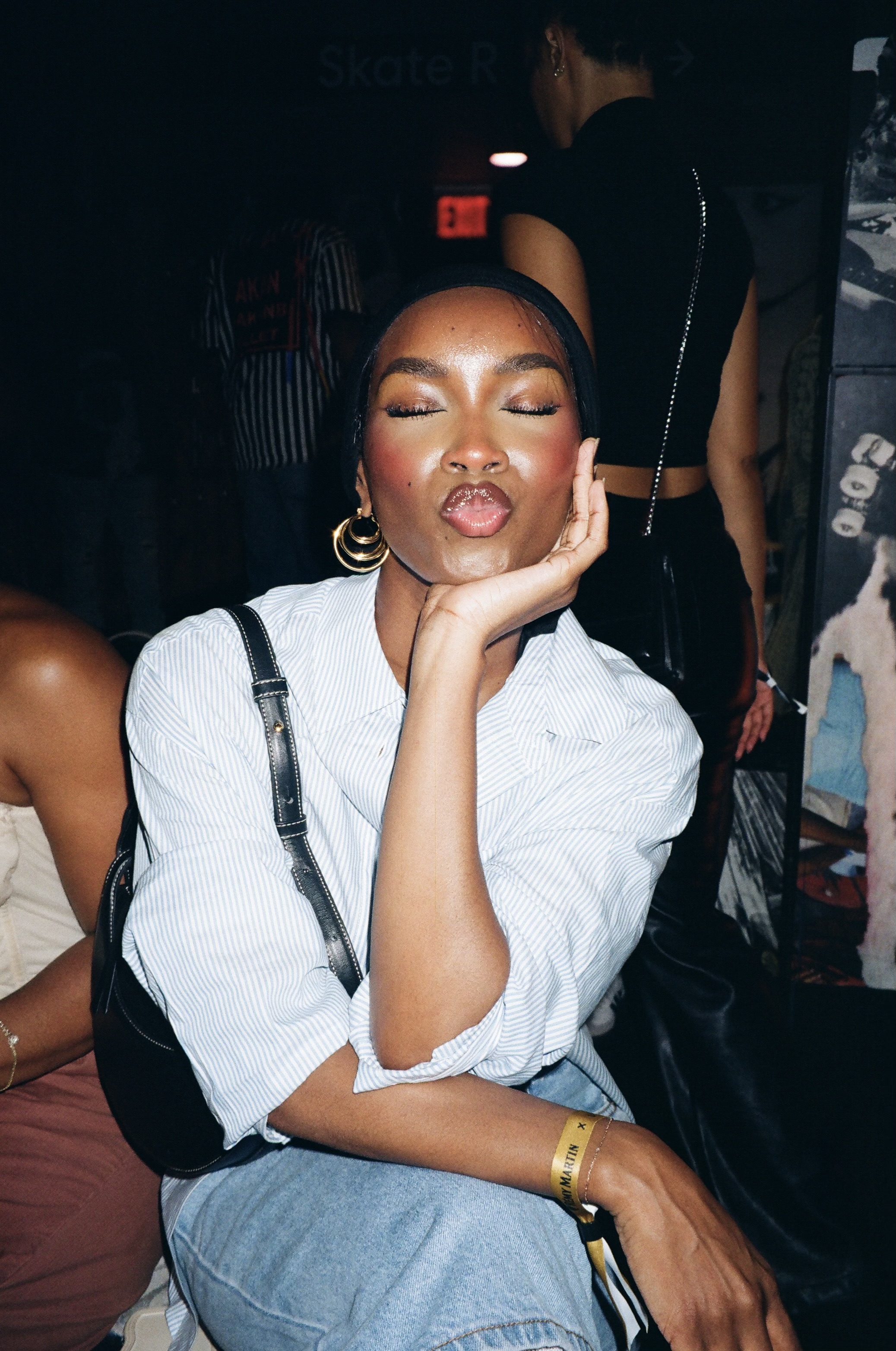
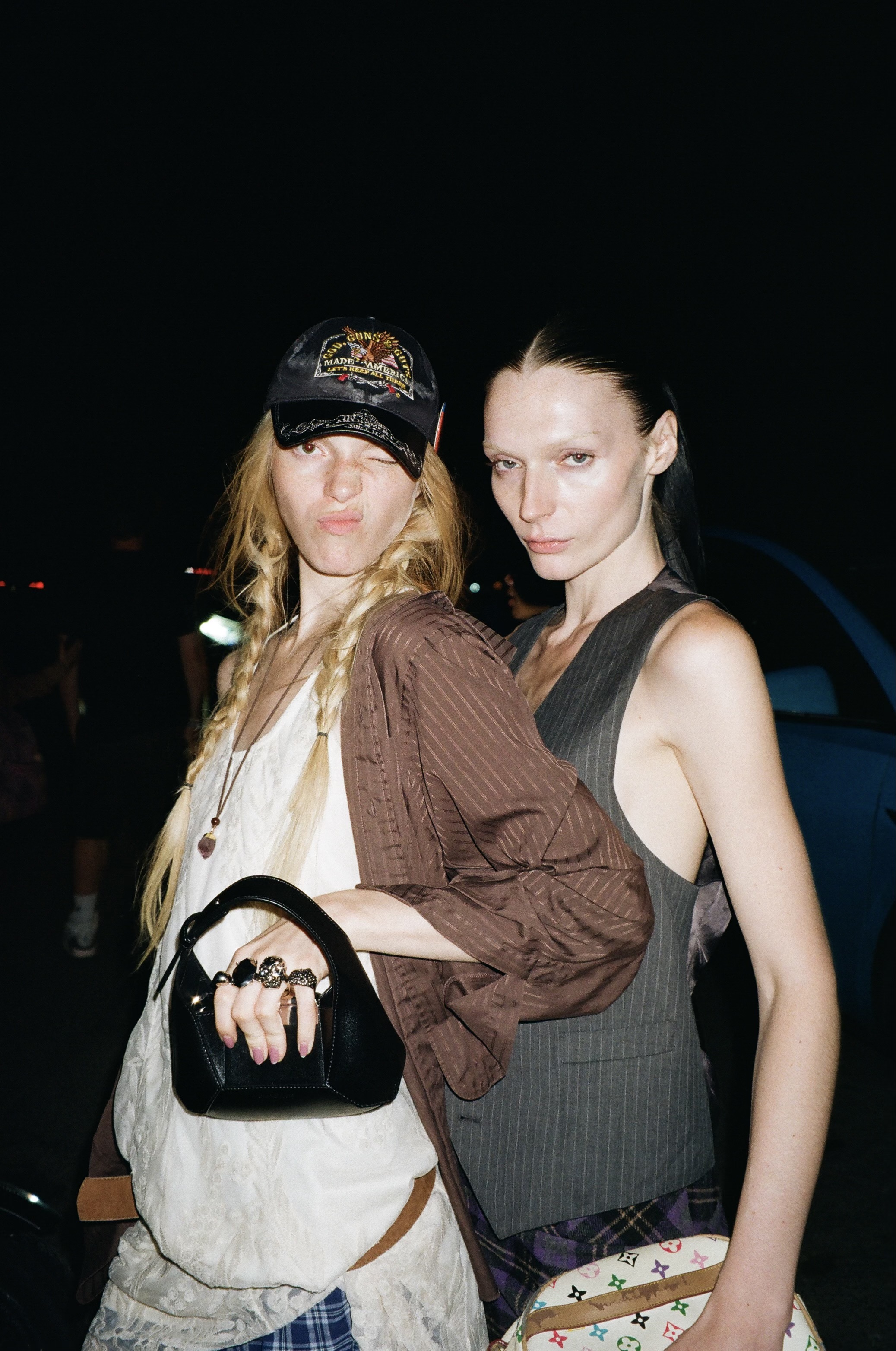
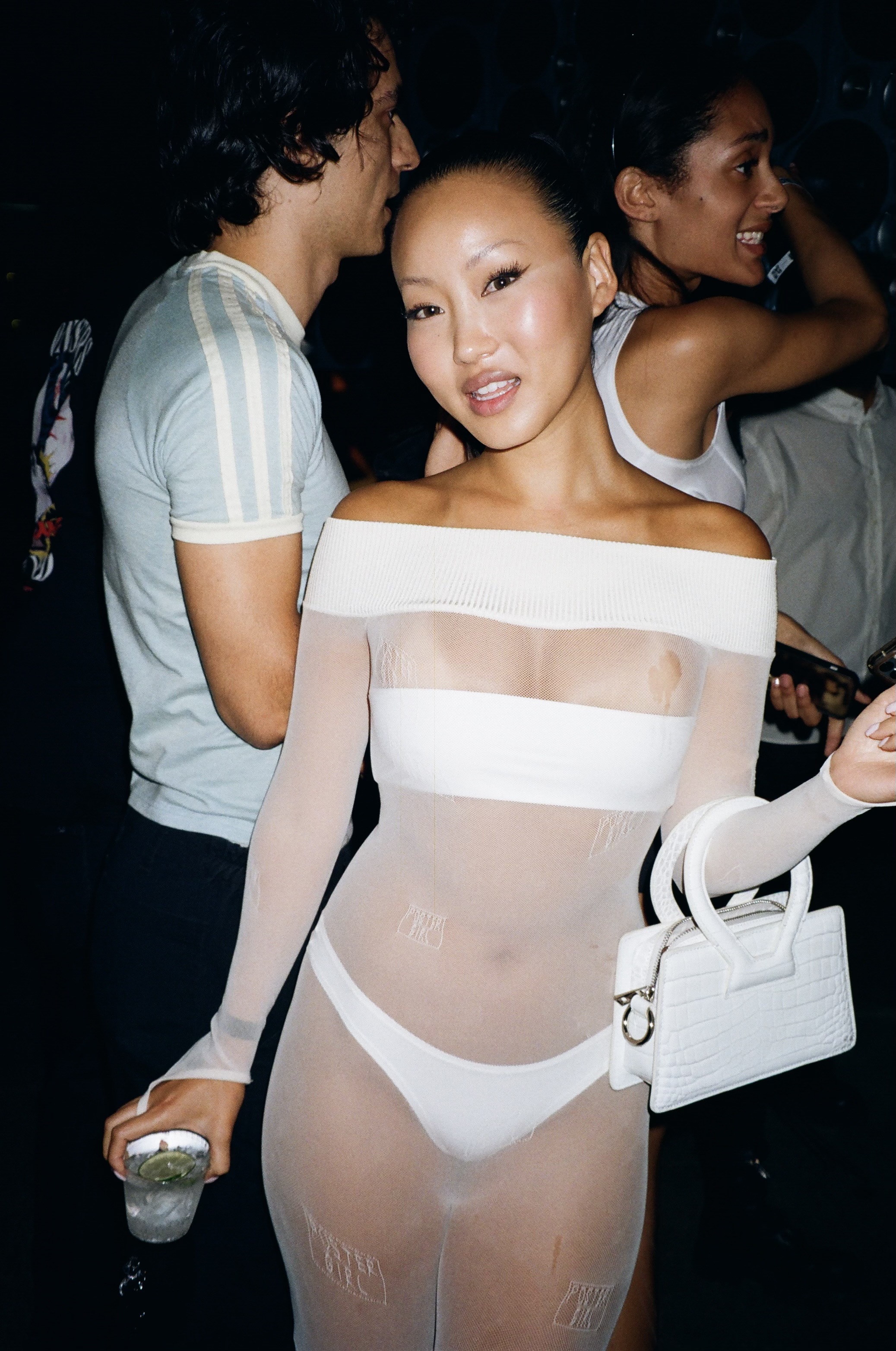
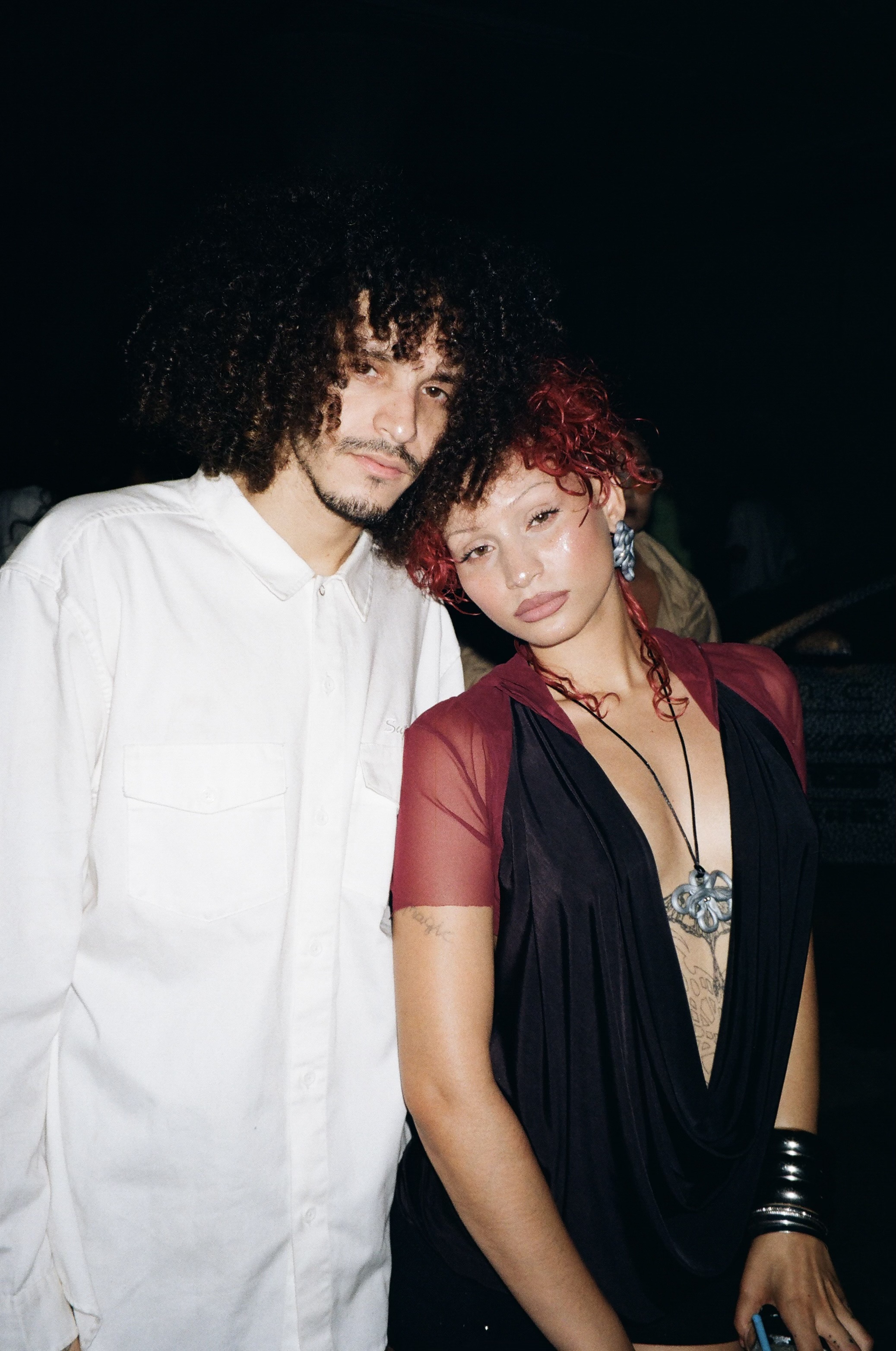
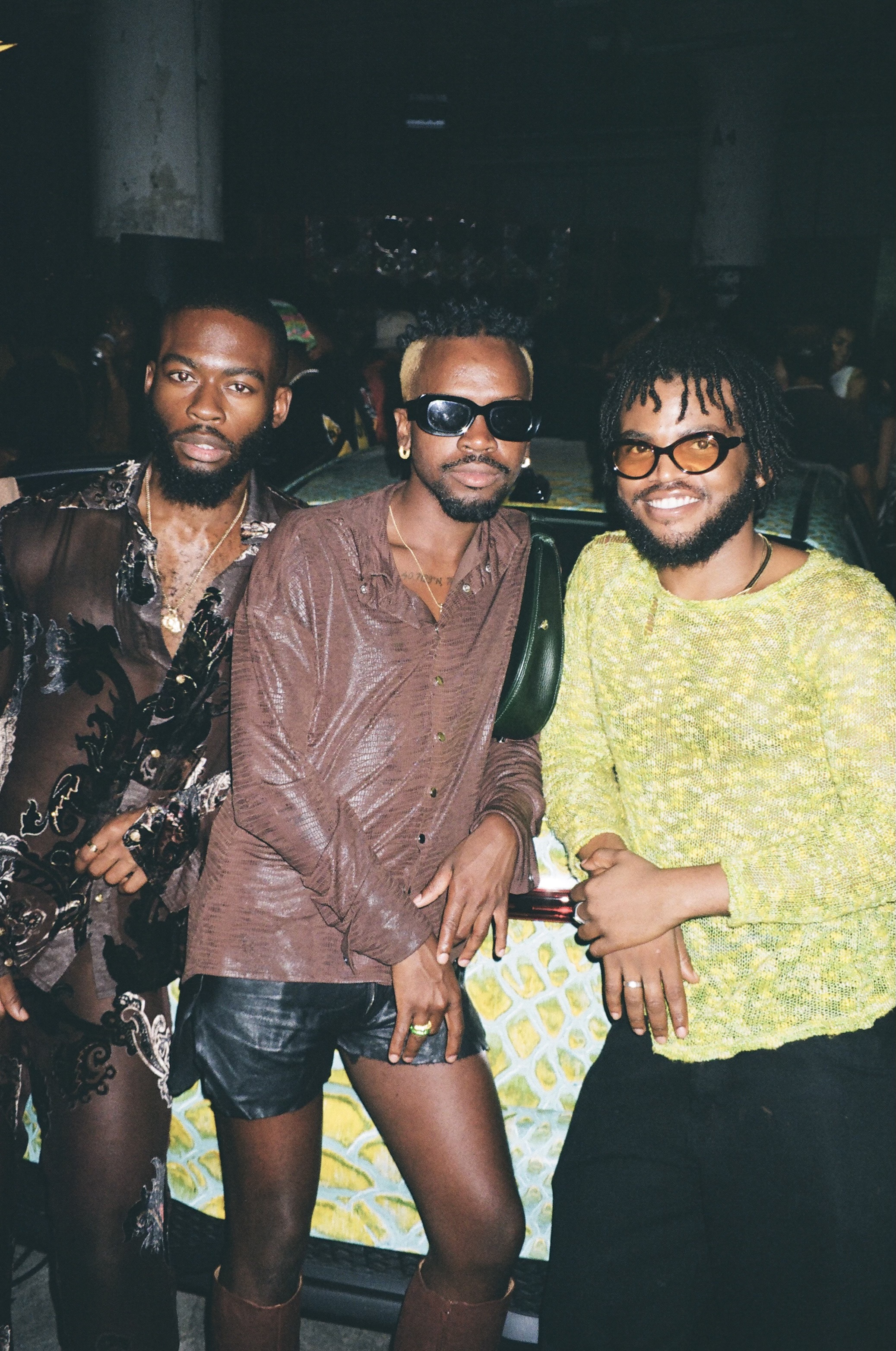
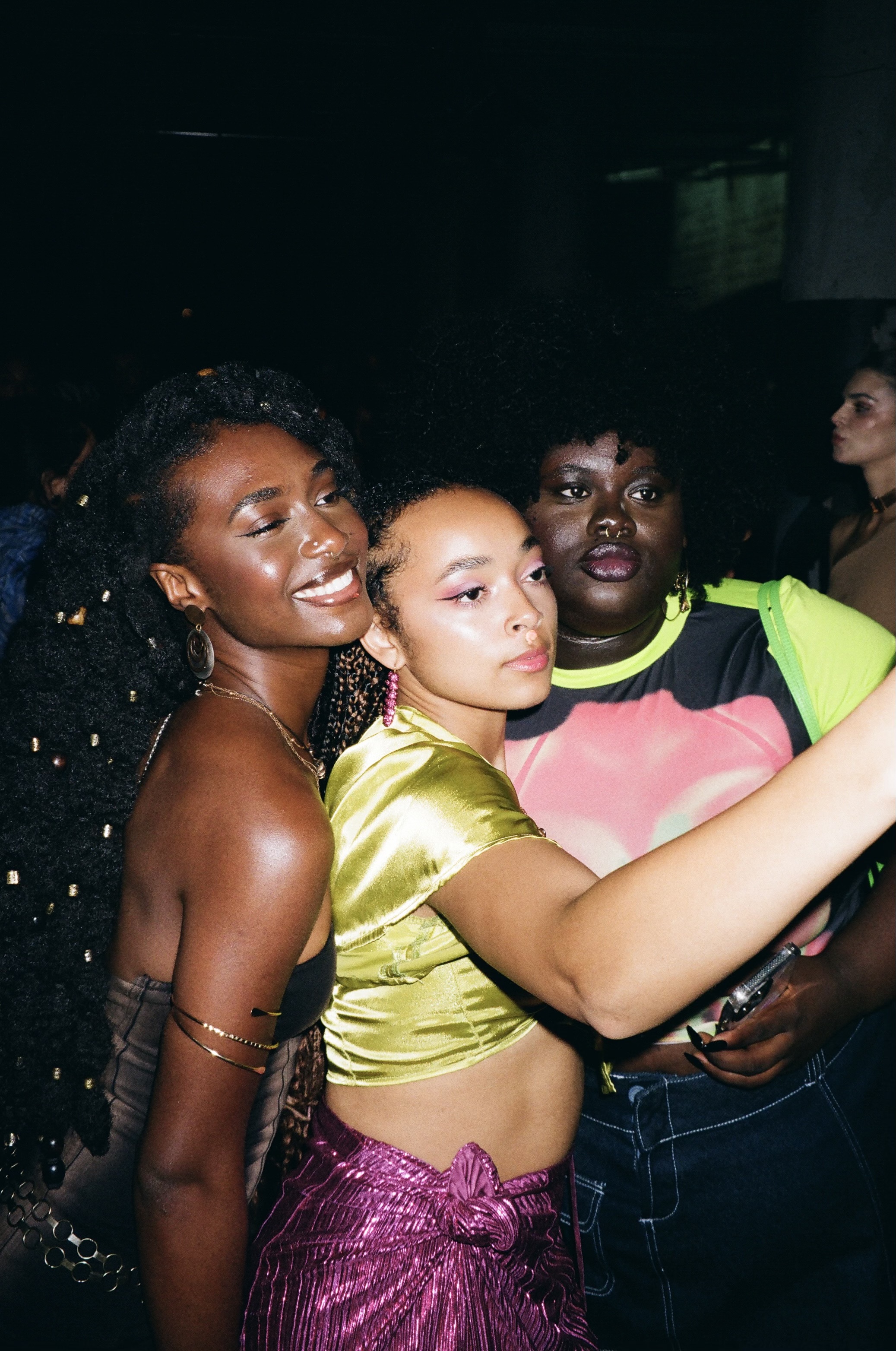
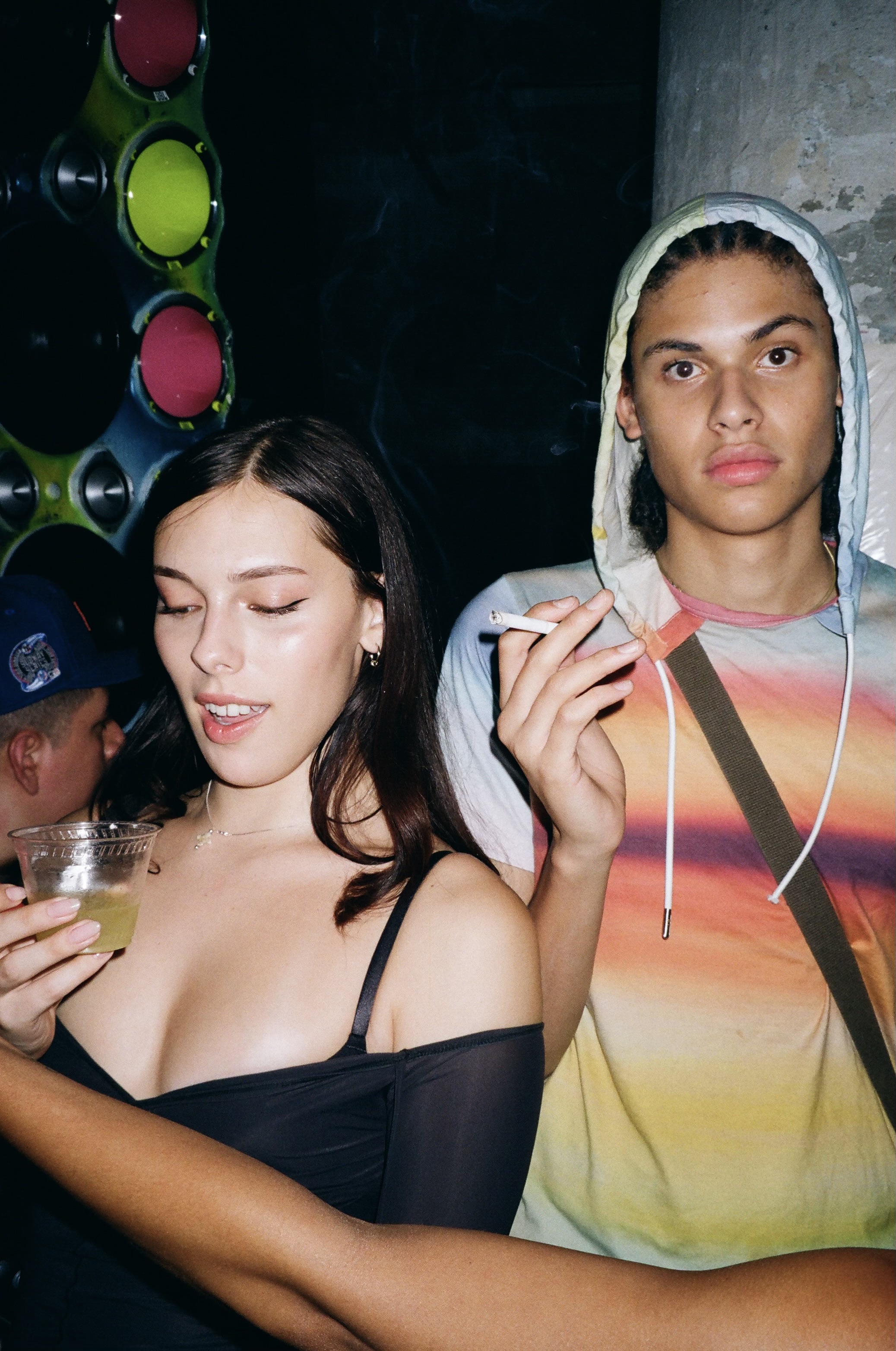
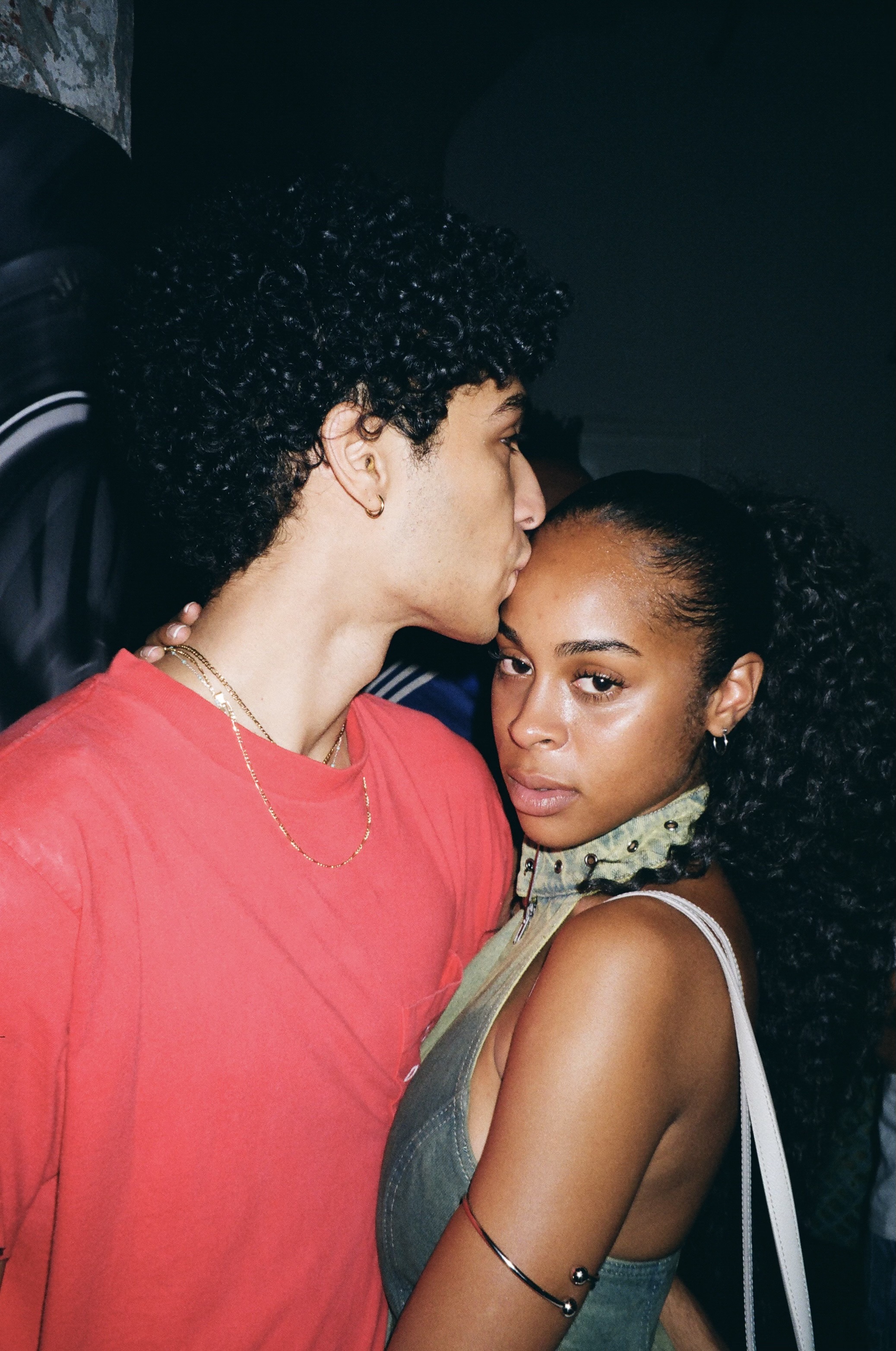
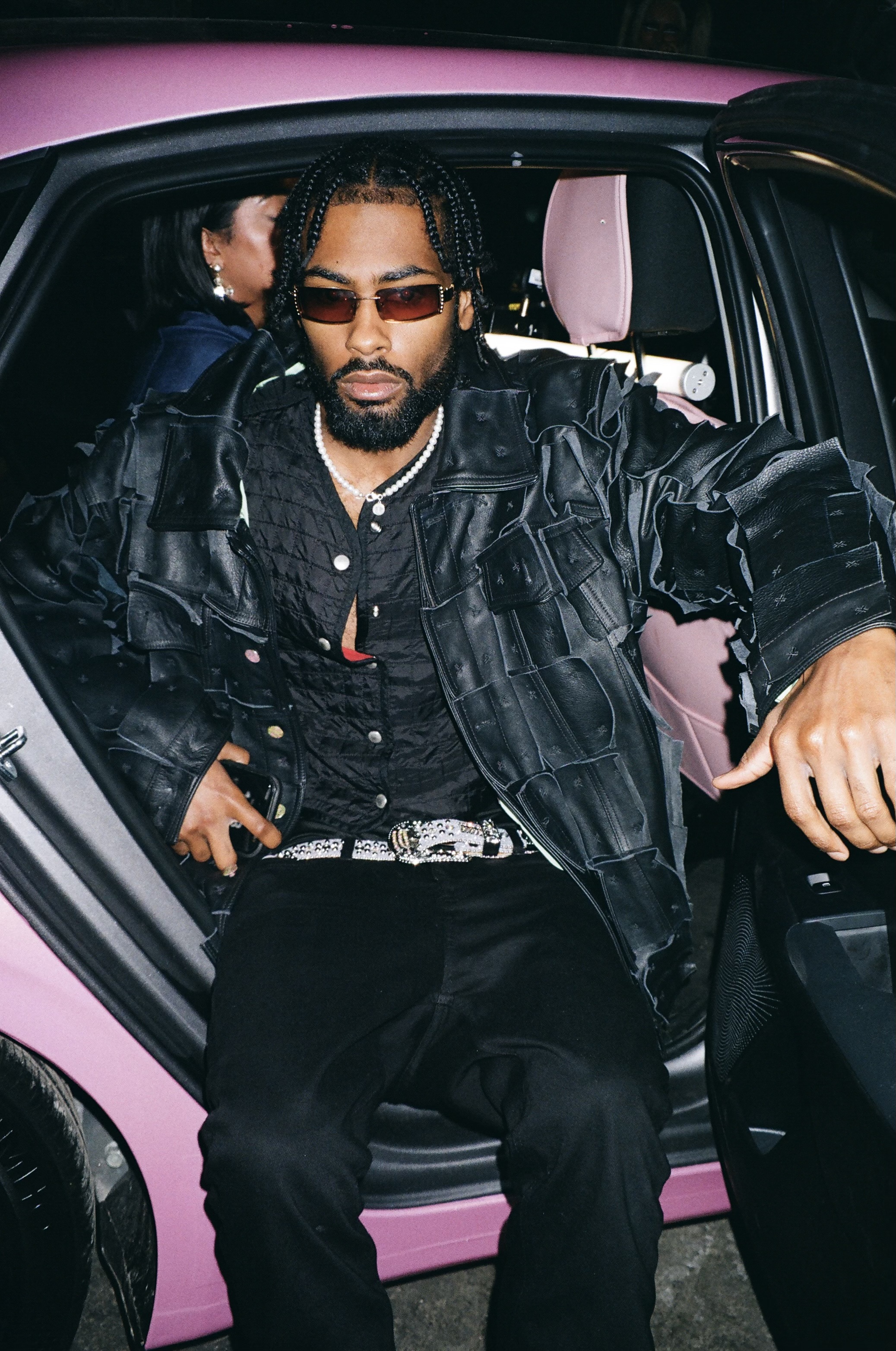
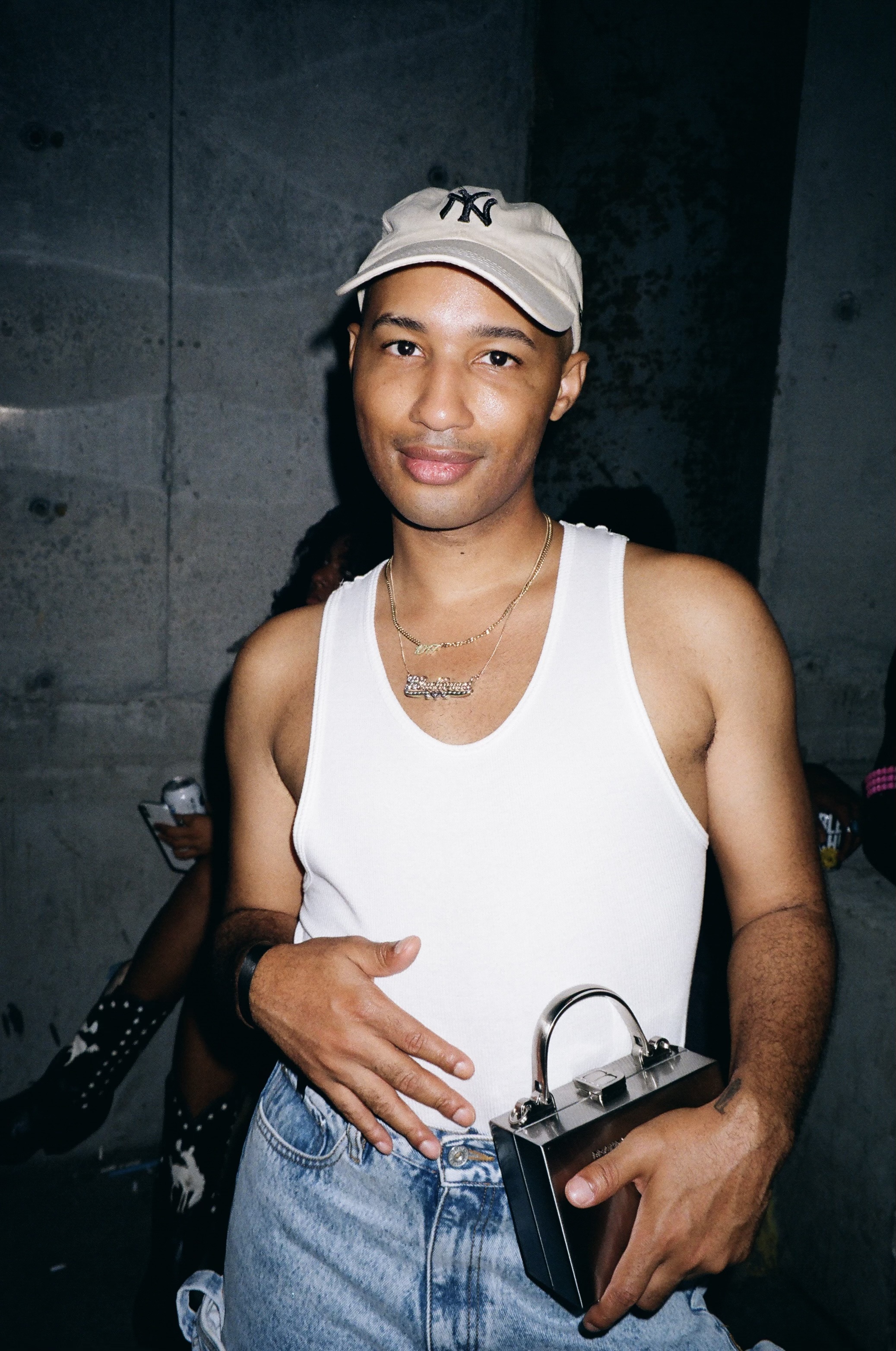
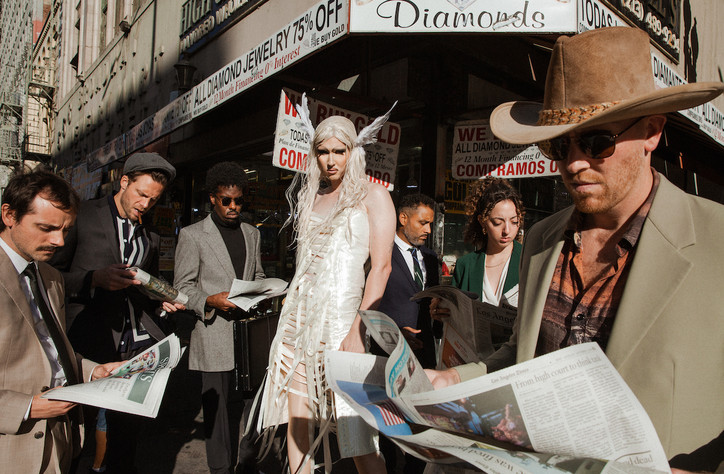
The new photo series, created by LA photographer Joelle Grace Taylor and stylist Hayley Francise, uses fantasy characters placed in familiar scenes to capture the feeling of “not fitting in.” Each of the photos, though slightly eerie and also a little weird, is playful and wilder than the last – like the best of dreams.
office chatted with Joelle and Hayley about the series (which can now be seen on the streets of LA), easter eggs and how horses can't stay still.
Have either of you had a dream like this before?
Hayley Francise– Basically, no. But I think within the dream, the idea is that everyone feels like an outsider, and I’ve definitely been in a room where I feel like I’m not really being paid attention to, and it’s like, ‘Am I really here? Am I dreaming?’ And I think that’s where the dream kind of comes in.
Joelle Grace Taylor– Not exactly. But creating a main character out of the person that’s out-of-place and being surrounded by mundanity when you’re this magical being but you’re still being totally ignored--that’s kind of our little synopsis.
How’d the series come about? How did you two come together?
HF– I was watching Can’t Hardly Wait, and in the movie there’s this surreal scene where the guy leaves the party and this woman comes up to him dressed like an angel, but she’s really a stripper, and it’s very dreamlike. My boyfriend and I were watching it, and I was like, ‘I’m gonna do something like that.’ So I took that idea and expanded on it, and then I took it to Joelle, and we just kind of sat down for, like, three hours, I think, creating a roadmap of what it was all gonna be.”
JT– We’ve worked together before. We’re both from the south, and we had a random mutual friend who was like, “You guys should meet each other.” We actually ended up meeting on a set one day, and we just ended up becoming friends. Both of us have kind of always been in a space of being forced to (and also wanting to) make things ourselves. So it was like, “Cool, let’s do something together.”
You both mentioned earlier that you really focused on the relationship between each character and their scene. What was the styling behind the characters like, and how did the process of scene-matching them work?
HF– Something had to be out-of-place, whether it be the main character, the locations, or the extras. The first one, the angel on a busy street, she’s the out-of-character person. With the cowboy, he’s obviously on a ranch, but there’s, like, biker babes fighting all around. So we just had one element of fantasy, and I think that’s just how we went along with it. Then the dominatrix [in] the kitchen––I think there’s a big power dynamic in how kitchens run. And, of course, dominatrices, obviously, so there’s like power in it all.
JT– It’s just that feeling of, like, “Why was that person there?” It’s that feeling of eeriness and how you know something isn’t real and is taking you out of that grounded space. Like in the ranch, it’s very grounded, and then you’re seeing all these elements and you’re like, “Is that a football player?”
HF– In every scene except for the angel, there’s easter eggs that allude to the next main character. In the ranch, there’s two football players in the back, and then the next main characters are football players, but they’re on a movie set and it’s raining. There’s all types of things to be seen.
JT– A lot of people are trickling throughout, so it’s almost like how they are in your life and how they enter your dreams in different ways, and you’re like, ‘Why was this girl from high school living in an underwater cave with me?’
By the way, why are they fighting on the ranch?
HF– I don’t know; I just wanted a fight. What’s better than hot girls in leather bikinis fighting each other?
JT– With the cowboy and the horse, it’s such a stoic, regal masculine thing. So, getting these gorgeous girls and having them, just, going at each other while[the cowboy and horse] are still very stoic––that’s creating chaos in the piece. That was the hardest scene to shoot. Horses move, a lot—they don’t stay still. You see a horse and you’re, like, ‘Oh, there’s that horse, just, like, standing there.” They don’t do that unless they’re asleep.
In the end, the fantasy characters and the everyday people come together to look at the viewer. What’s this ending mean? Is the viewer awake now?
HF– Actually, I’ve never thought of it as the viewer being awake, but that’s so cool. Basically, the viewer is now the main character, and the next scene is all about you. We were just like, ‘Oh yeah, that person is now finally being seen. You’re finally being noticed.’
JT– I love that, too. Or that moment when you’re in that in-between where you’re waking up, when things from the outside–like noises or sounds–are starting to incorporate into your dream, and then you’re awake. And yeah, like, the divas, who should be the ones being looked at, they’re staring at you instead.
